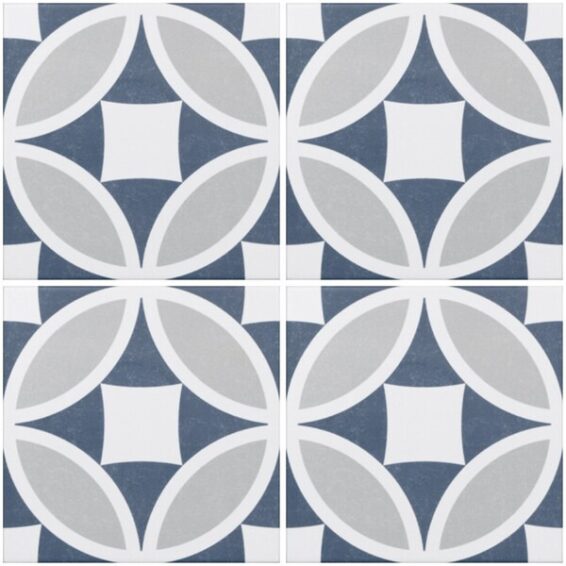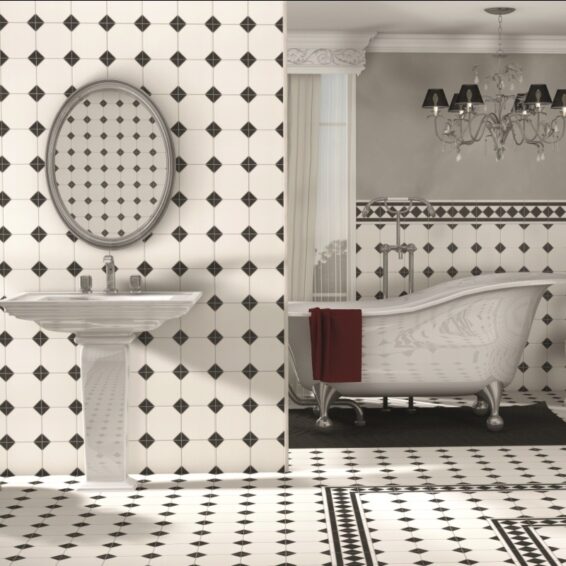Victorian Tiles

Have you considered grouts and adhesives?
If you’re not sure please contact the Direct Tile Warehouse team.
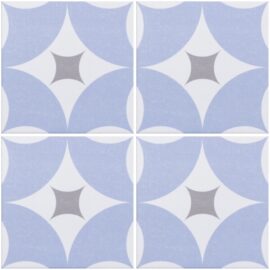
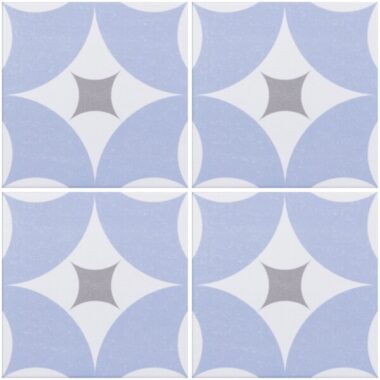
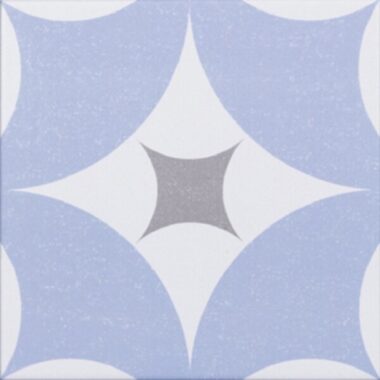
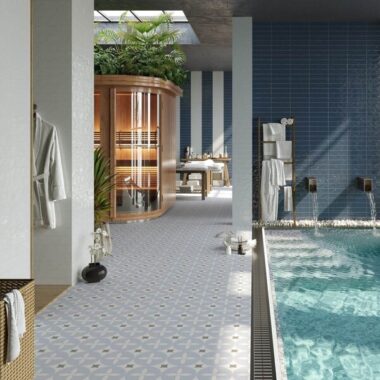



A stock item which is normally available in store or for delivery immediately
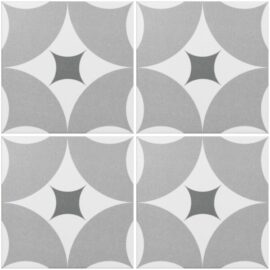


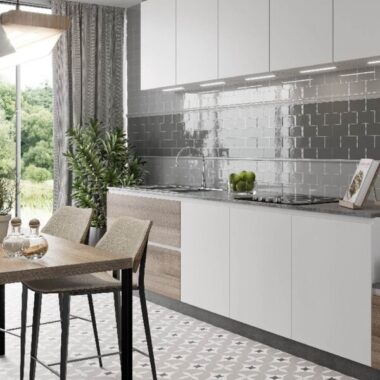



A stock item which is normally available in store or for delivery immediately
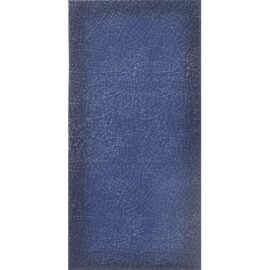
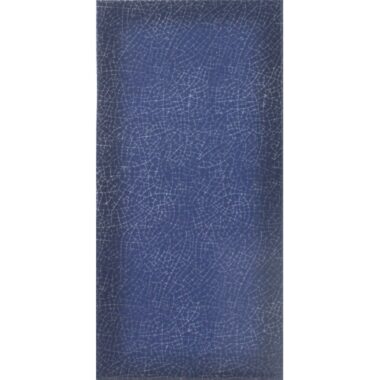

A stock item which is normally available in store or for delivery immediately


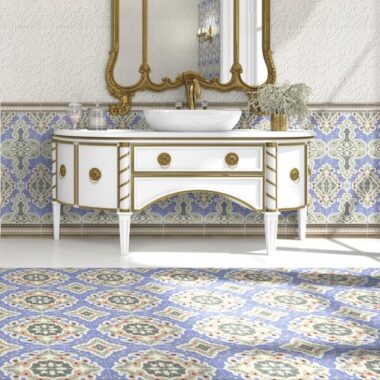
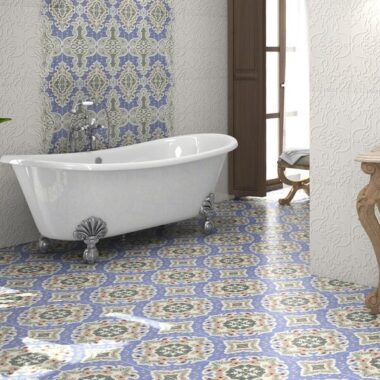





This is a special order item, please allow 4-6 weeks for delivery
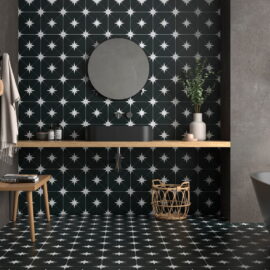
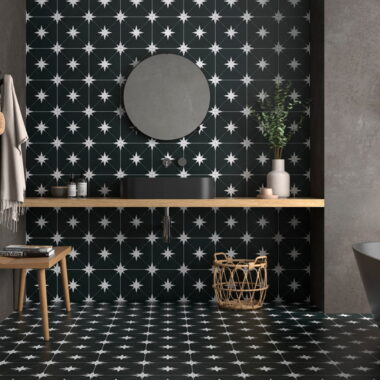





A stock item which is normally available in store or for delivery immediately







A stock item which is normally available in store or for delivery immediately
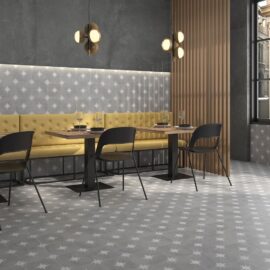
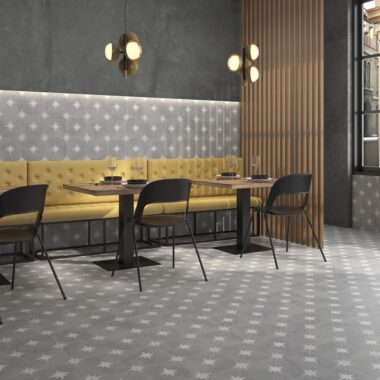

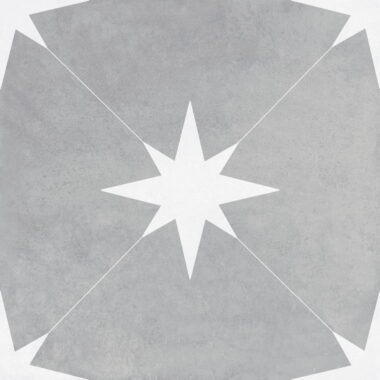





A stock item which is normally available in store or for delivery immediately



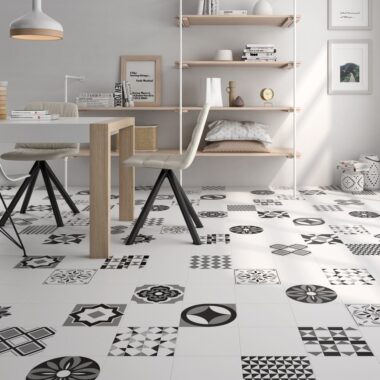
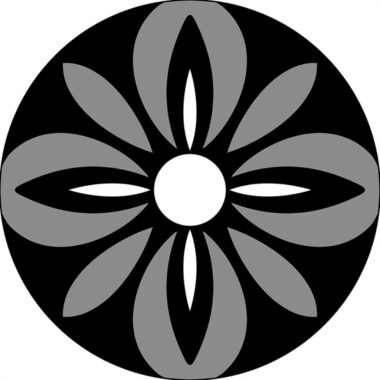



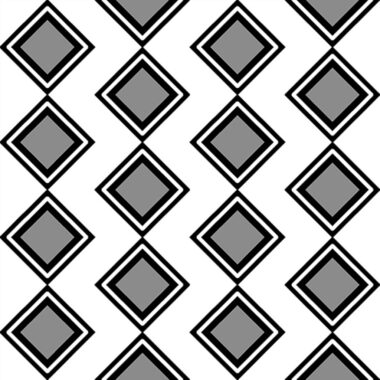
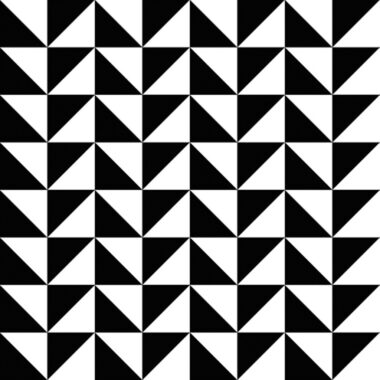

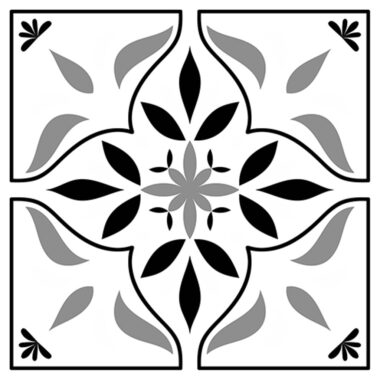



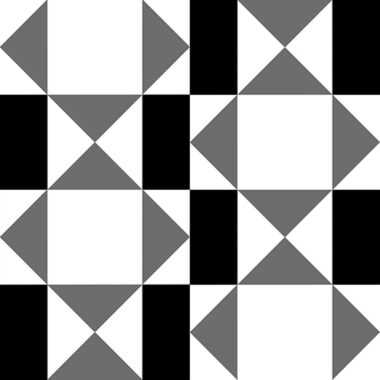















Art Vendome Black and White Patterned Tiles
Code: GEO093 Size: 22.3cm x 22.3cm x 11mmA stock item which is normally available in store or for delivery immediately
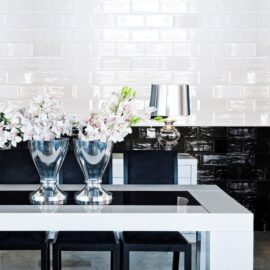
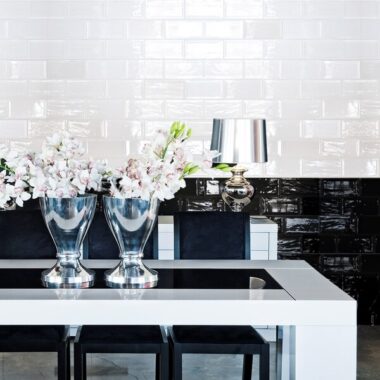
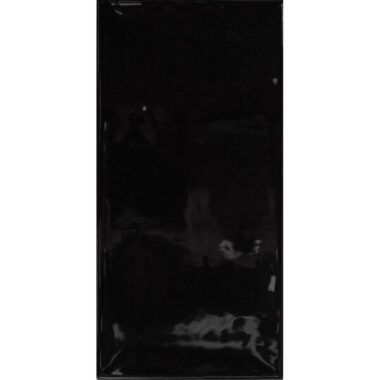


A stock item which is normally available in store or for delivery immediately
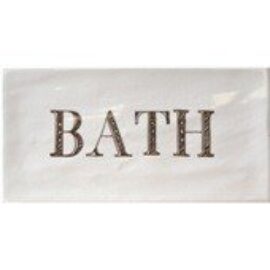
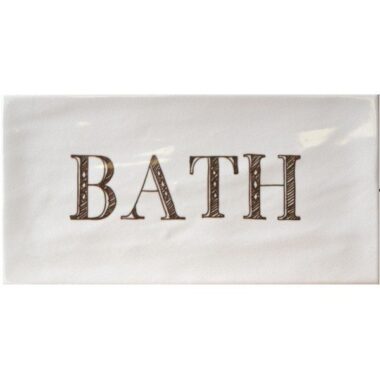
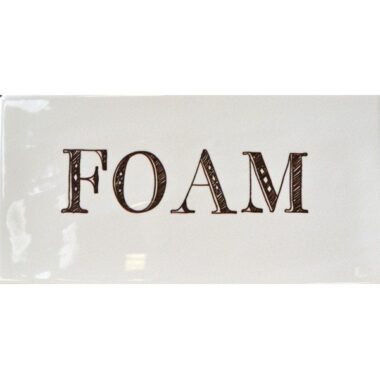

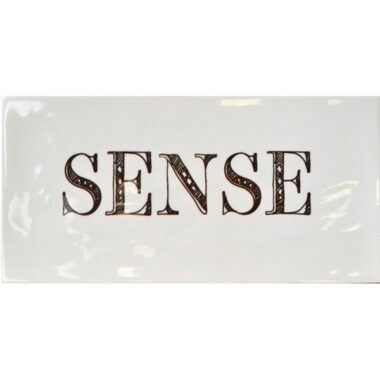

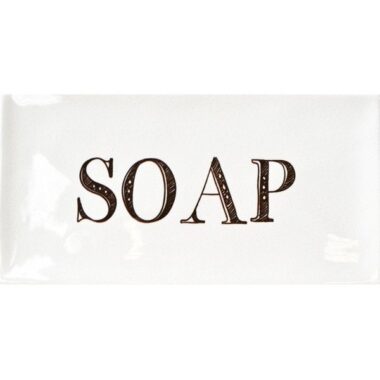






A stock item which is normally available in store or for delivery immediately
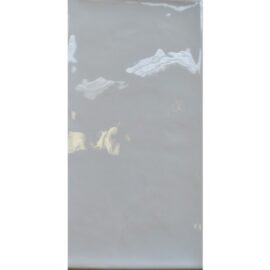
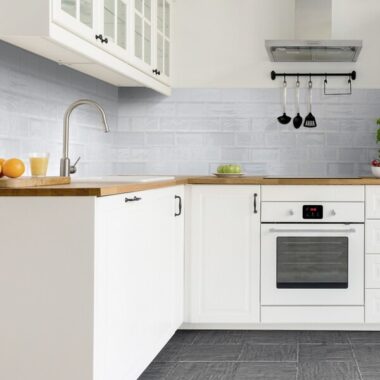
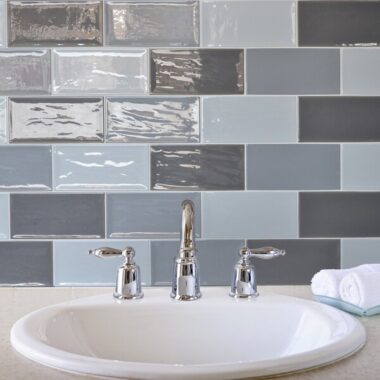

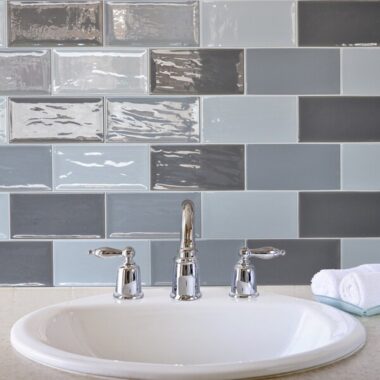
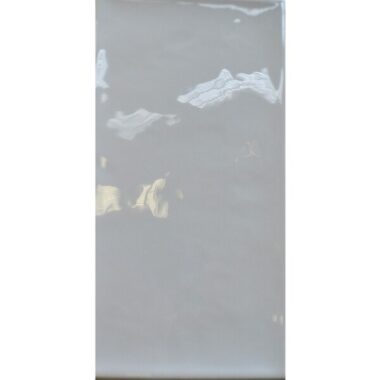





Artisan Grey Brick Kitchen and Bathroom Tiles
Code: FAB153 Size: 10cm x 20cm x 7mmA stock item which is normally available in store or for delivery immediately
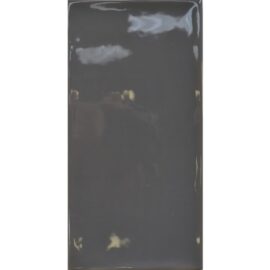
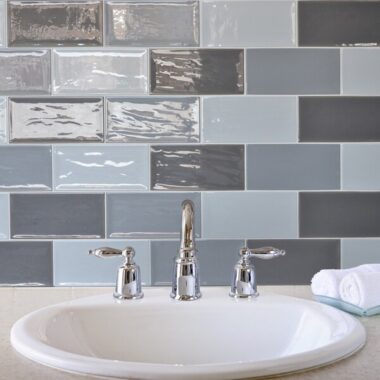
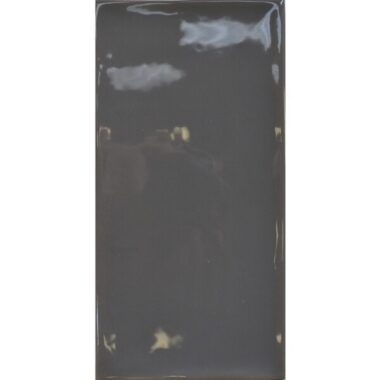


A stock item which is normally available in store or for delivery immediately
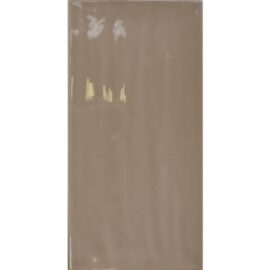

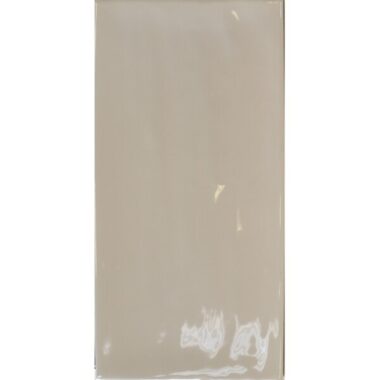


A stock item which is normally available in store or for delivery immediately
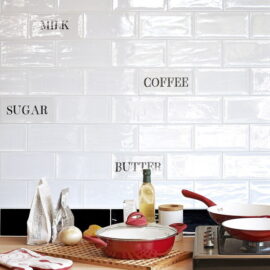
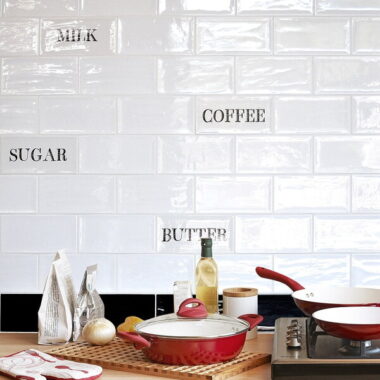
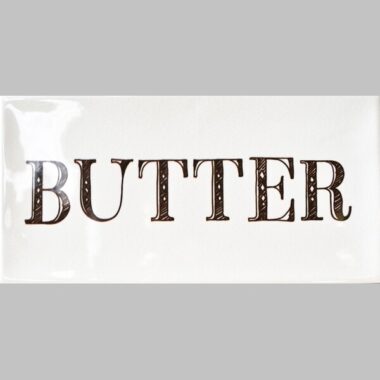


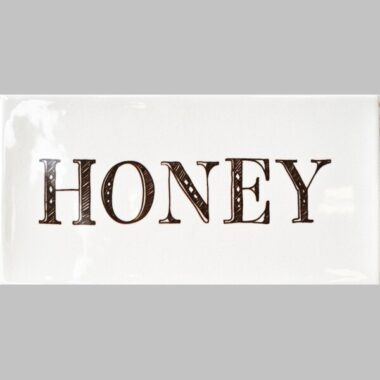

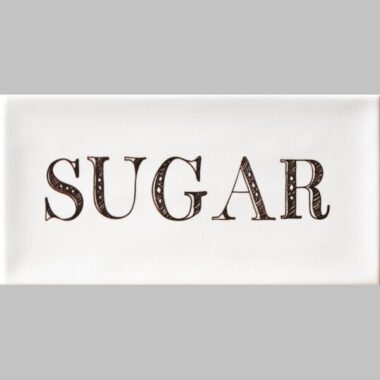







A stock item which is normally available in store or for delivery immediately
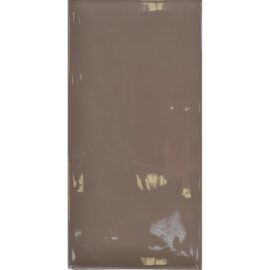
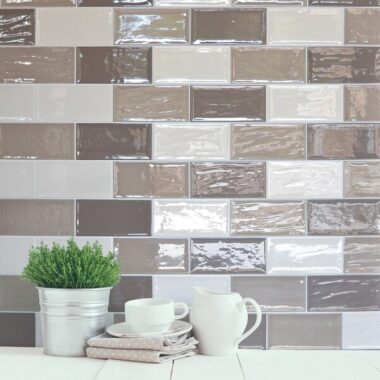
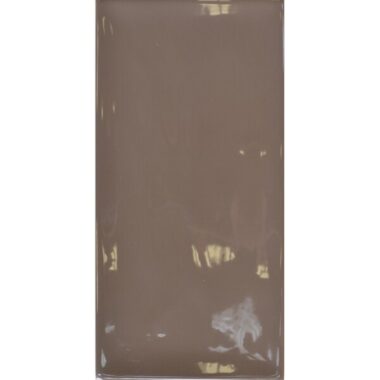


A stock item which is normally available in store or for delivery immediately
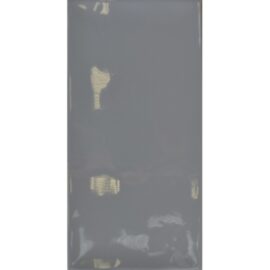
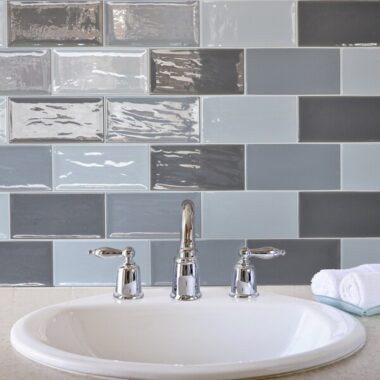
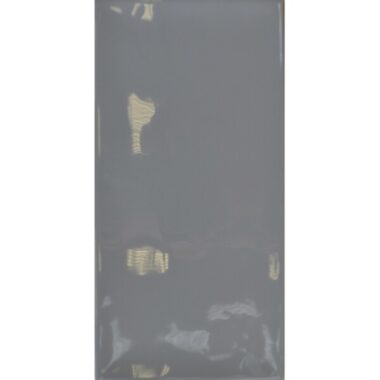


A stock item which is normally available in store or for delivery immediately
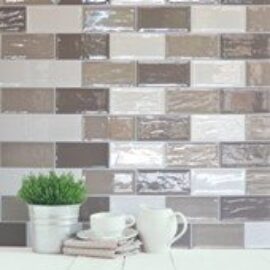
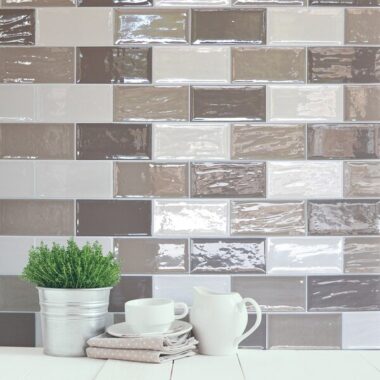



A stock item which is normally available in store or for delivery immediately
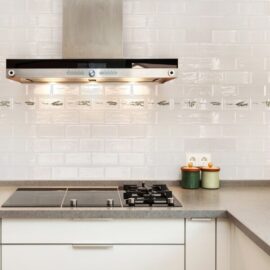
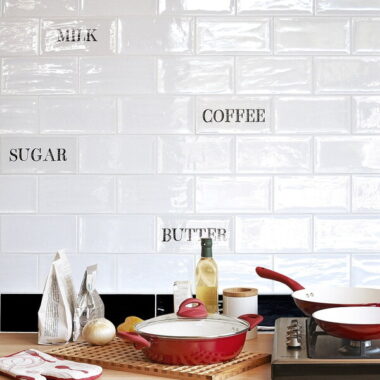
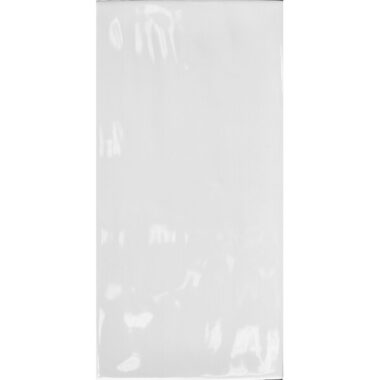
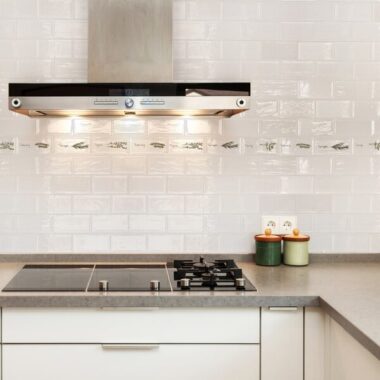



A stock item which is normally available in store or for delivery immediately
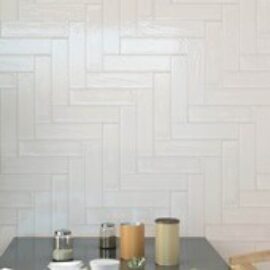
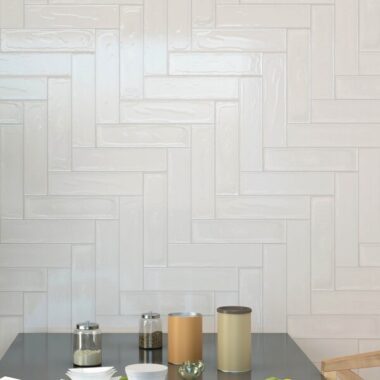
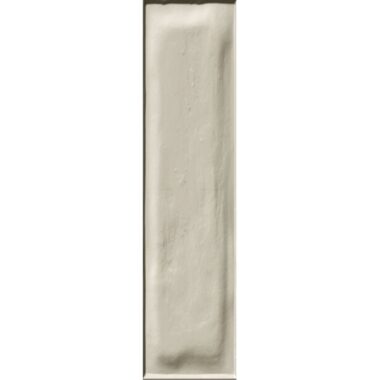
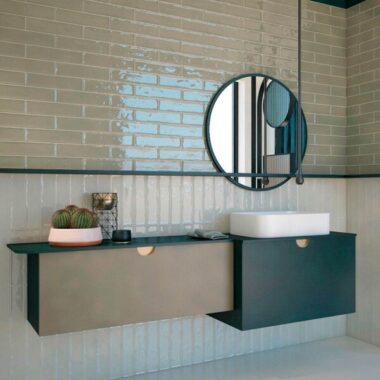





This is a special order item, please allow 4-6 weeks for delivery
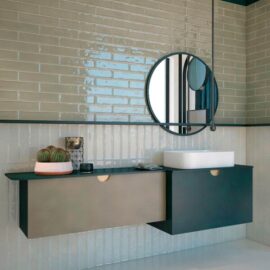
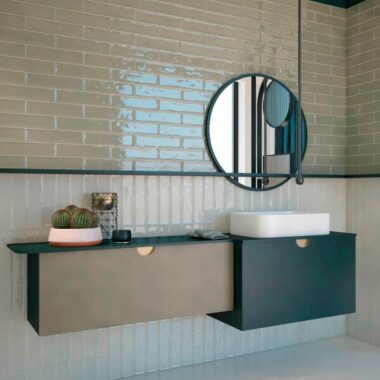
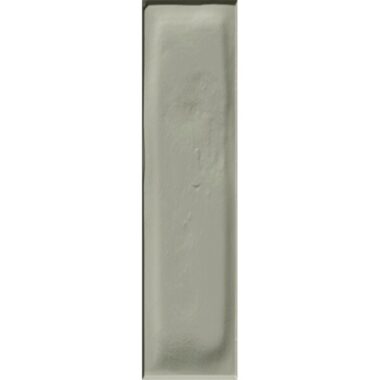
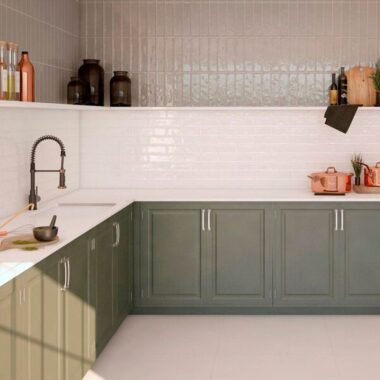



This is a special order item, please allow 4-6 weeks for delivery
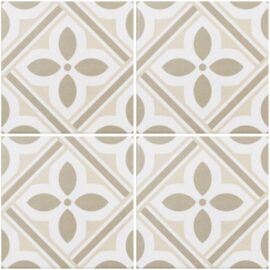
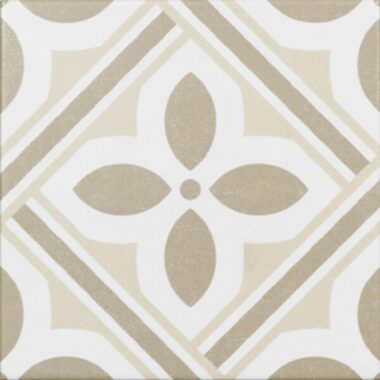
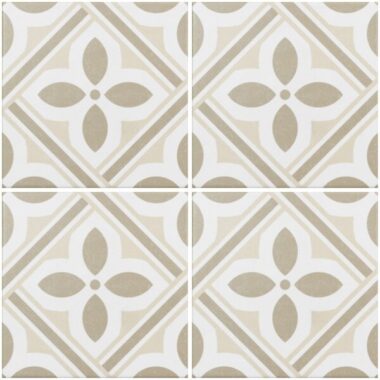


A stock item which is normally available in store or for delivery immediately
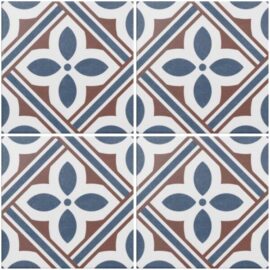
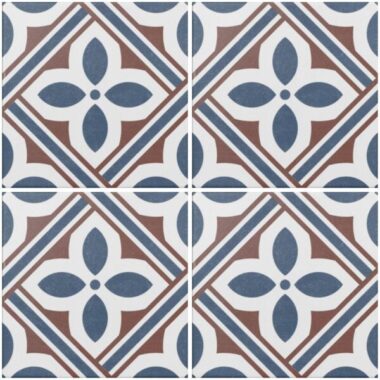
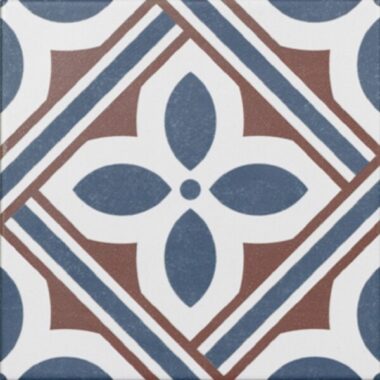
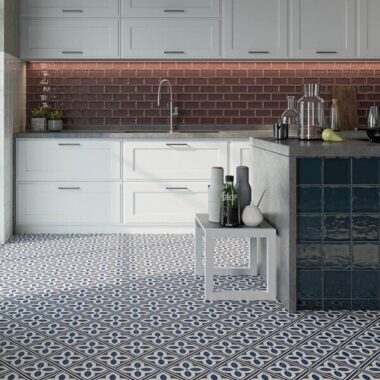



A stock item which is normally available in store or for delivery immediately
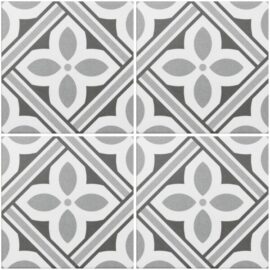
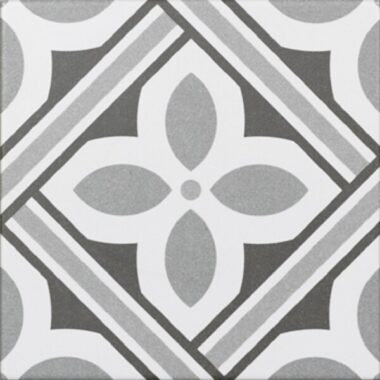
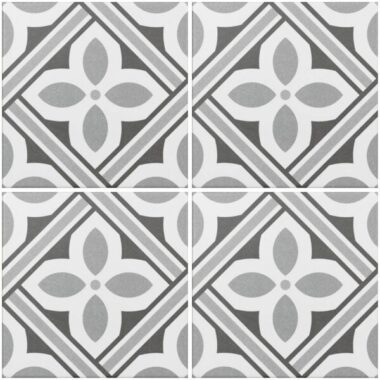
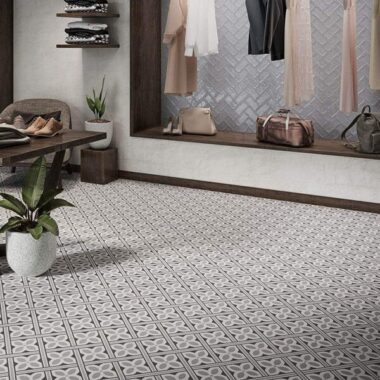



A stock item which is normally available in store or for delivery immediately
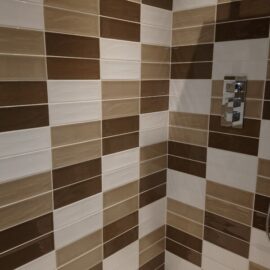
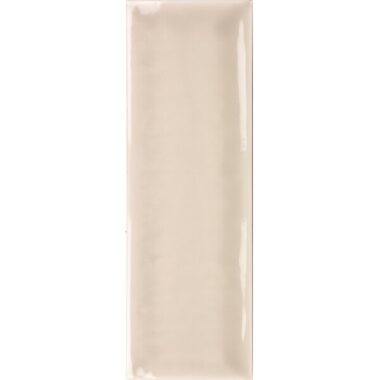

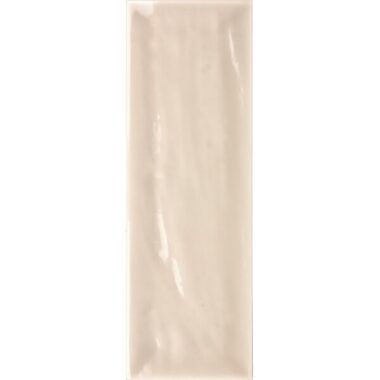



A stock item which is normally available in store or for delivery immediately
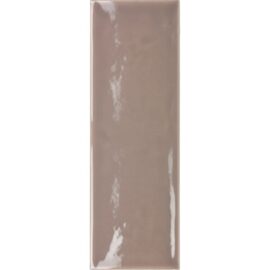

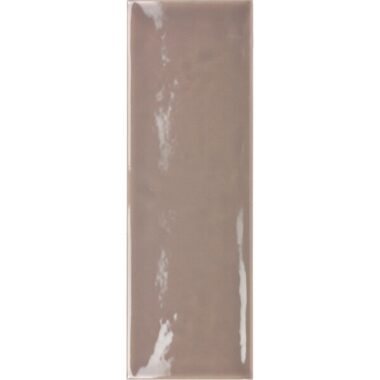
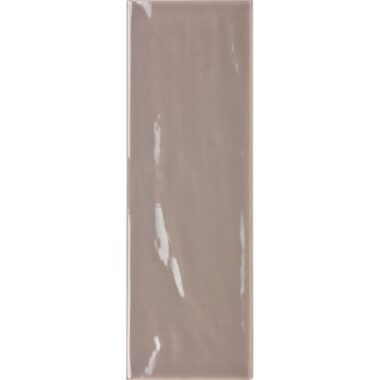



A stock item which is normally available in store or for delivery immediately
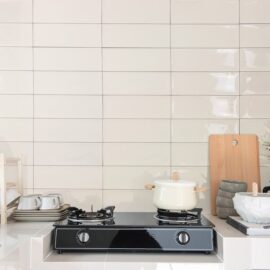
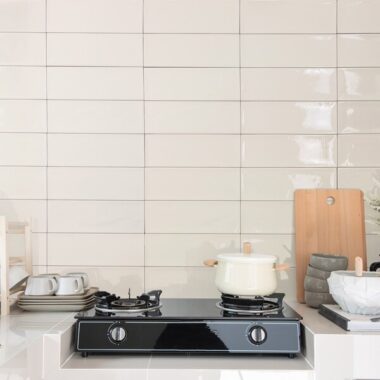
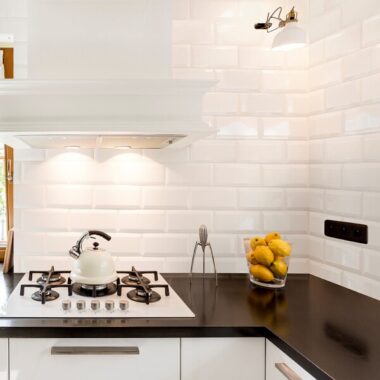

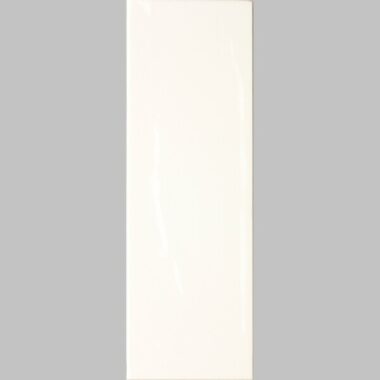




Avila Cream Metro Ceramic Wall Tiles – Flat Brick Tiles
Code: FAB168 Size: 10cm x 30cm x 8mmA stock item which is normally available in store or for delivery immediately
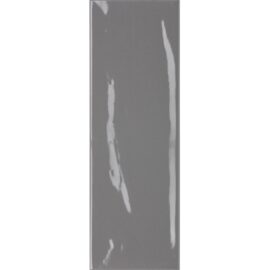
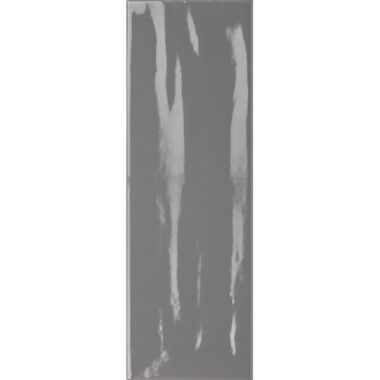
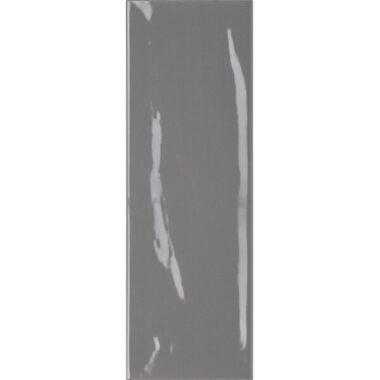


A stock item which is normally available in store or for delivery immediately
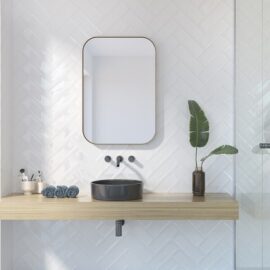

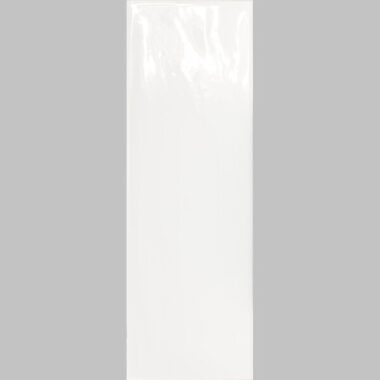

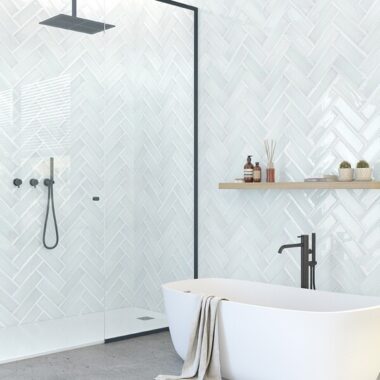




A stock item which is normally available in store or for delivery immediately
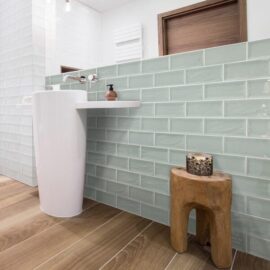
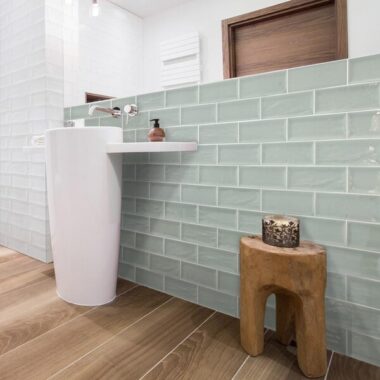
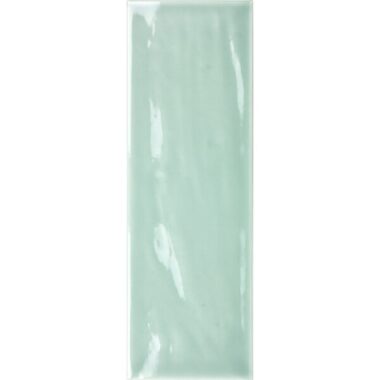
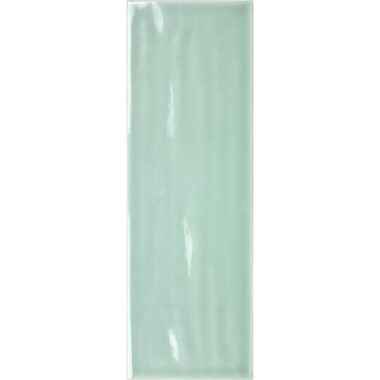



A stock item which is normally available in store or for delivery immediately
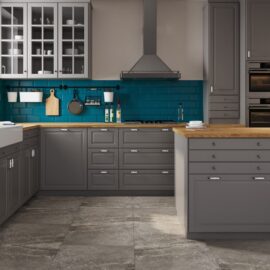
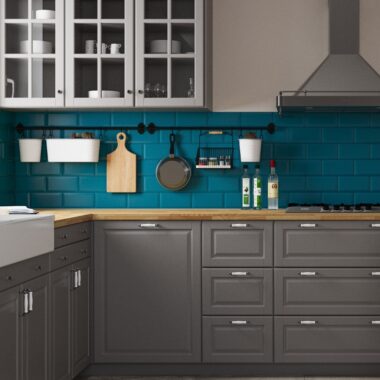
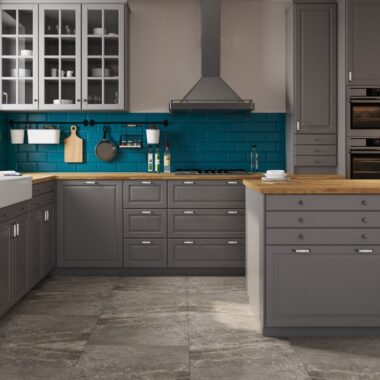




A stock item which is normally available in store or for delivery immediately

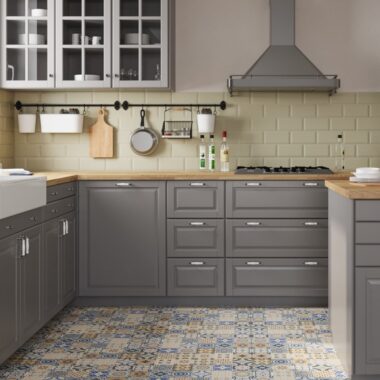

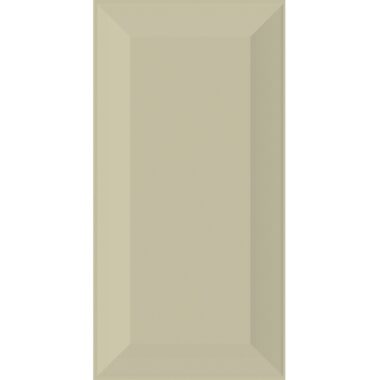



A stock item which is normally available in store or for delivery immediately
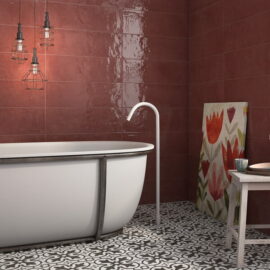
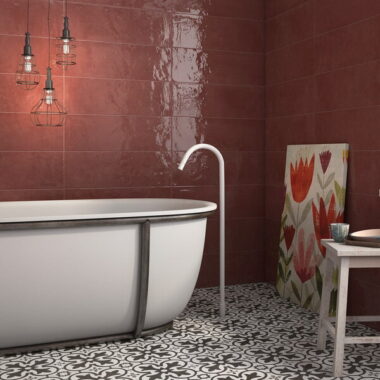

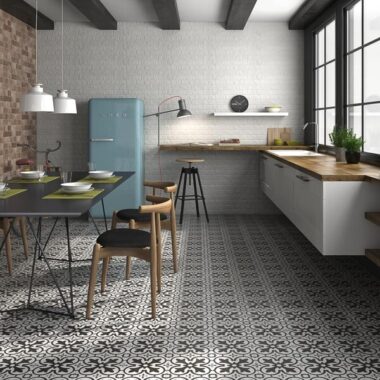
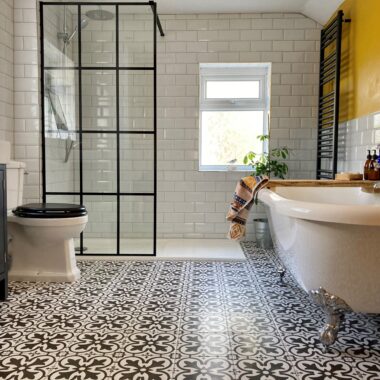
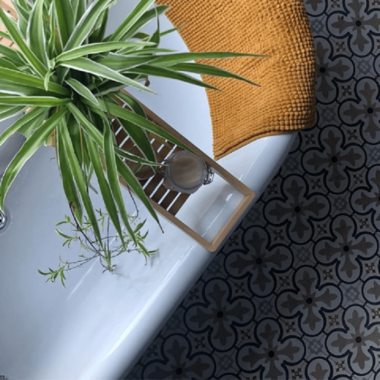
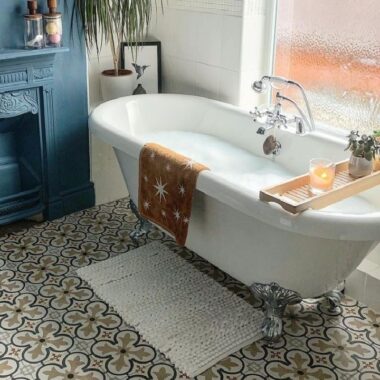






Boulevard Black and White Ceramic Floor Tiles
Code: GEO310 Size: 45cm x 45cm x 8.8mmA stock item which is normally available in store or for delivery immediately
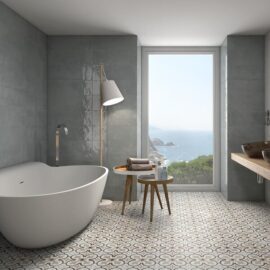
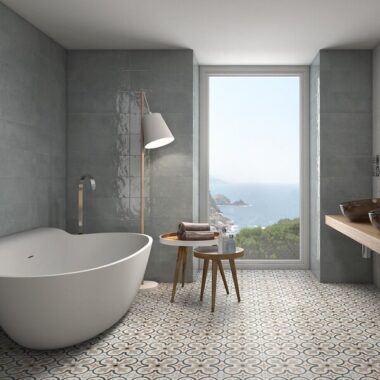
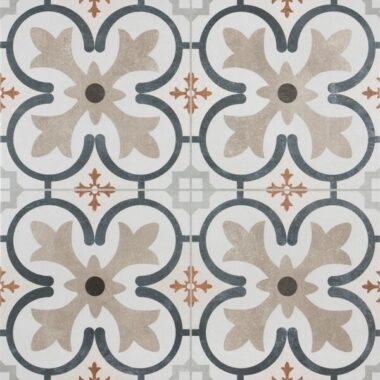
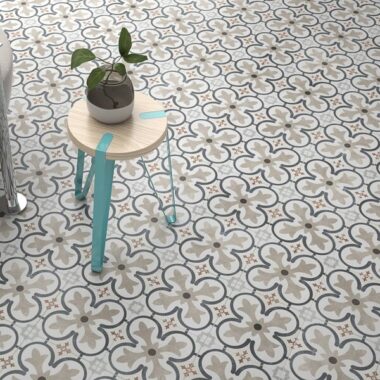
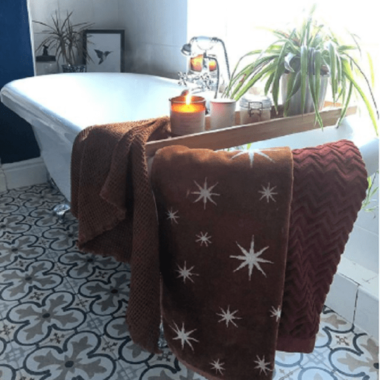
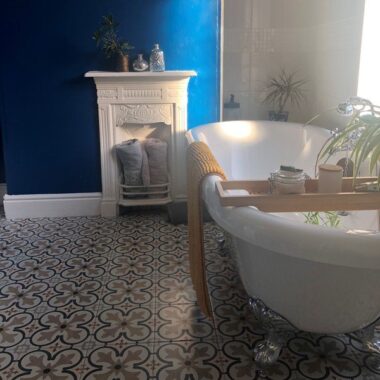
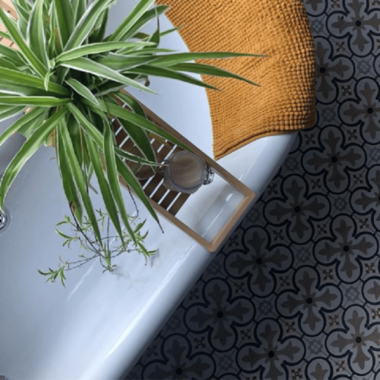
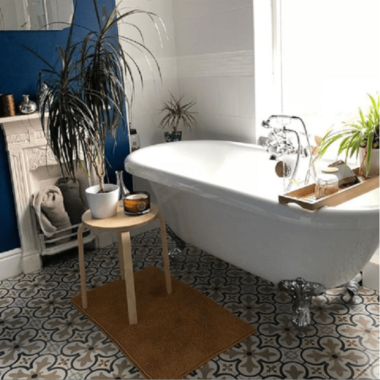
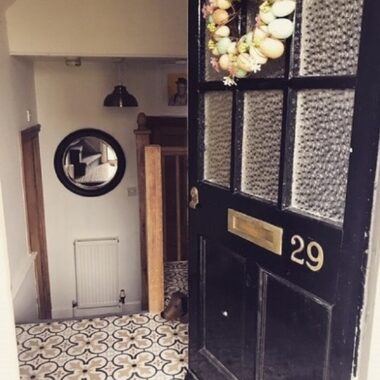

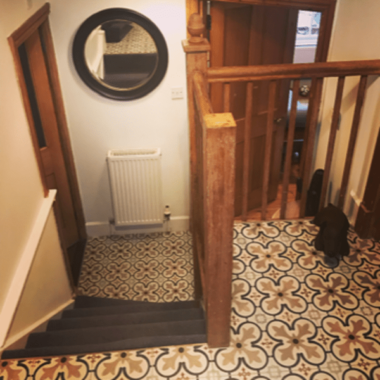










Boulevard Grey and Beige Patterned Floor Tiles
Code: GEO312 Size: 45cm x 45cm x 8.8mmA stock item which is normally available in store or for delivery immediately


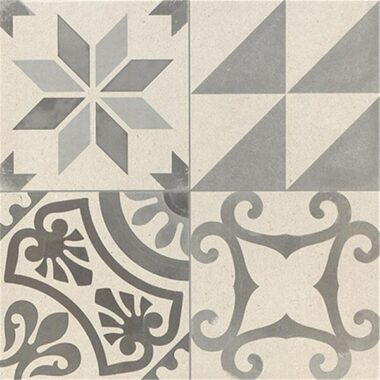


A stock item which is normally available in store or for delivery immediately
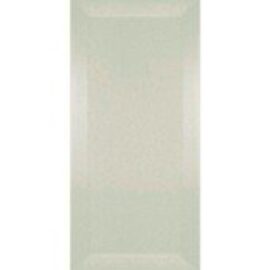
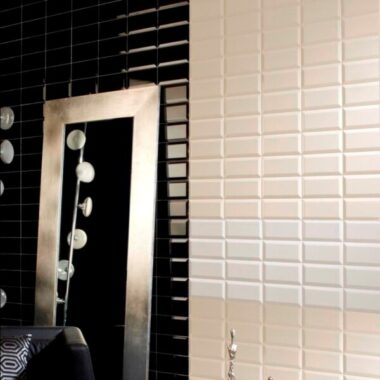



A stock item which is normally available in store or for delivery immediately

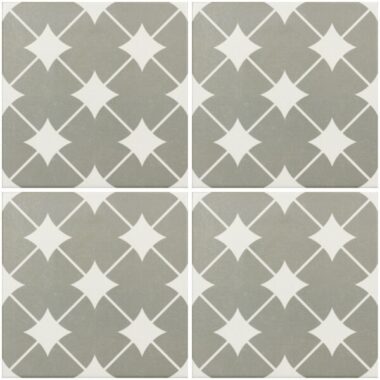

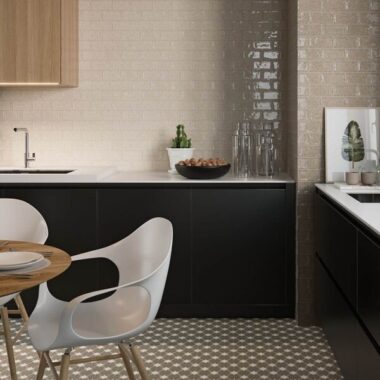



A stock item which is normally available in store or for delivery immediately
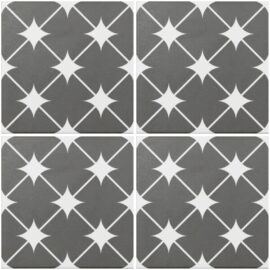
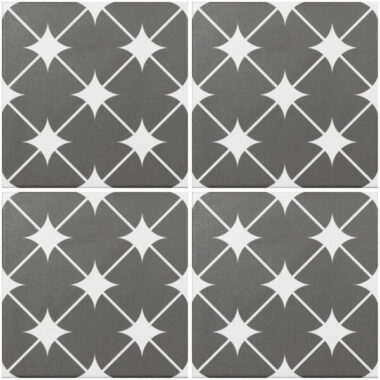

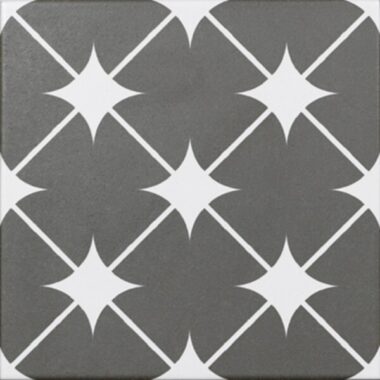



A stock item which is normally available in store or for delivery immediately
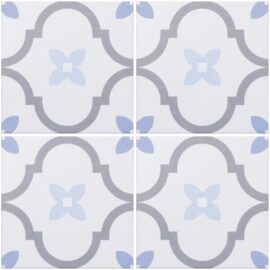
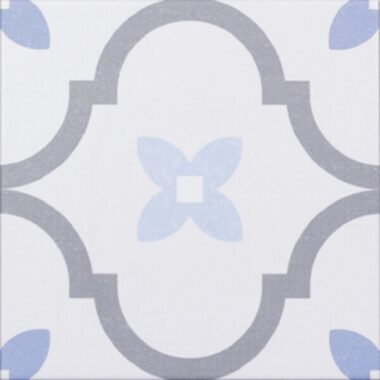
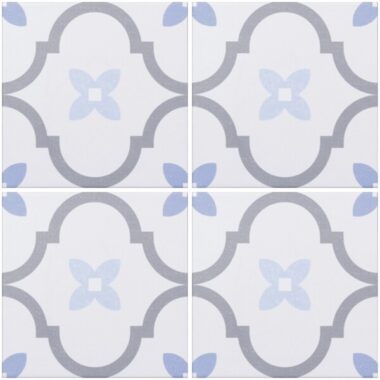
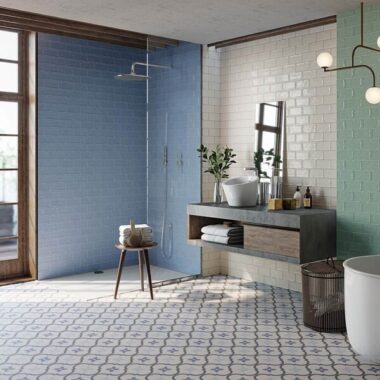
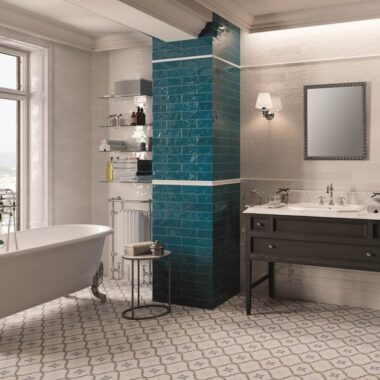




A stock item which is normally available in store or for delivery immediately
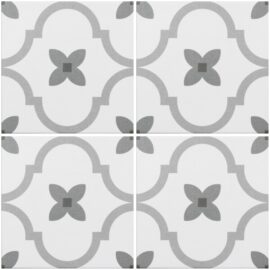
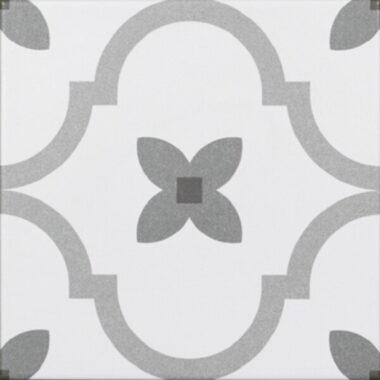
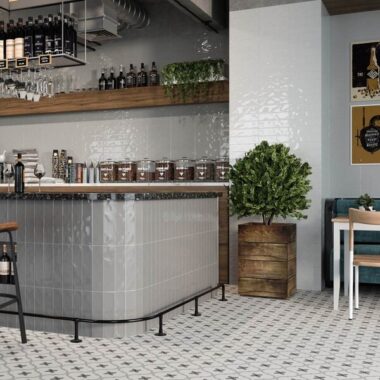
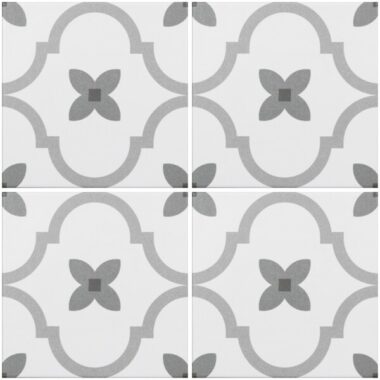
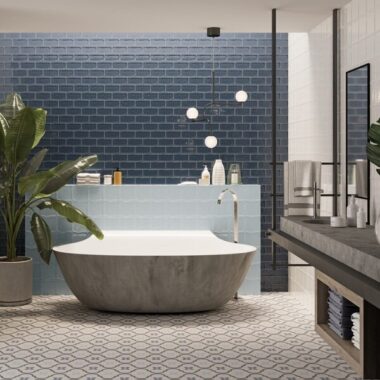




A stock item which is normally available in store or for delivery immediately
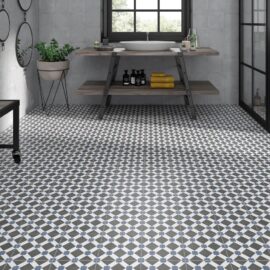
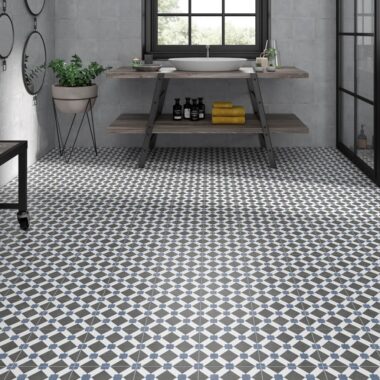
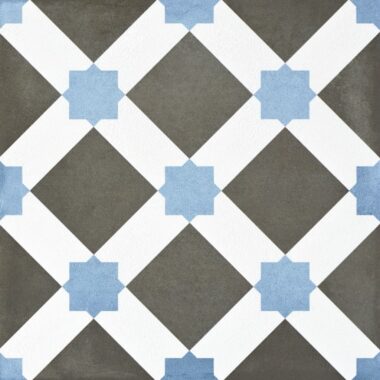


A stock item which is normally available in store or for delivery immediately
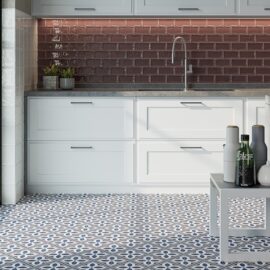

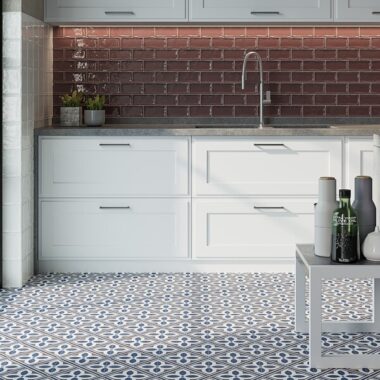


This is a special order item, please allow 4-6 weeks for delivery
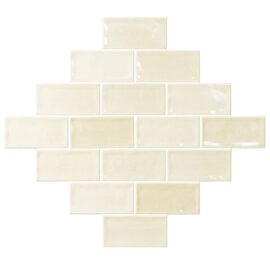
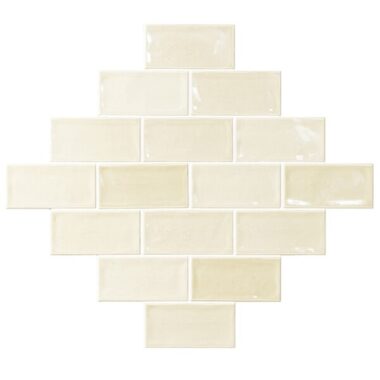

A stock item which is normally available in store or for delivery immediately
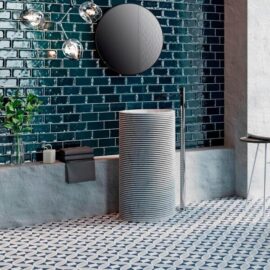
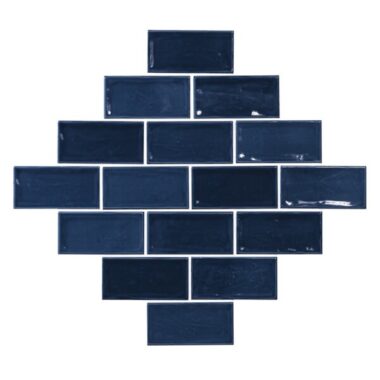
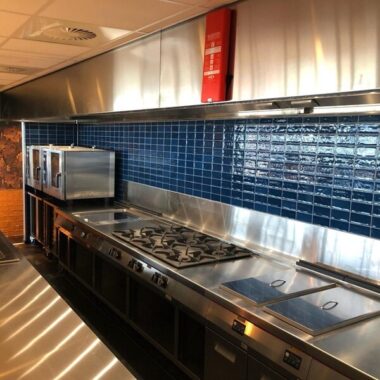
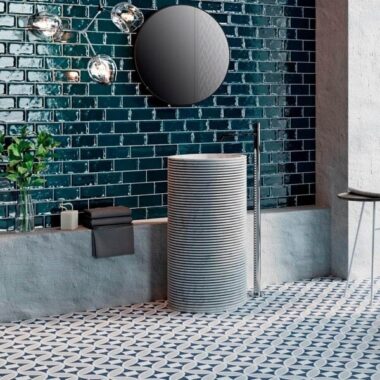



This is a special order item, please allow 4-6 weeks for delivery

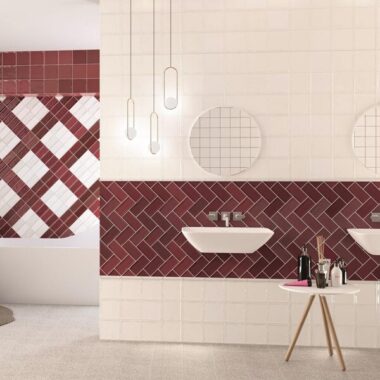
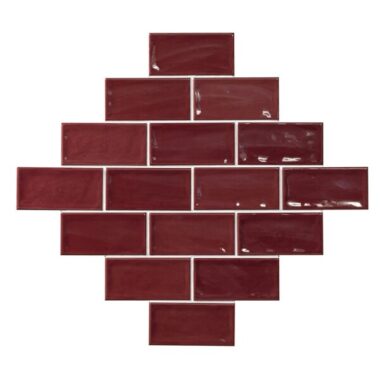


This is a special order item, please allow 4-6 weeks for delivery
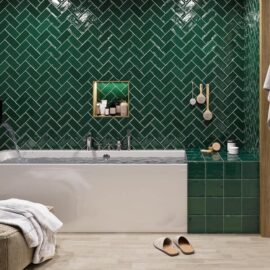
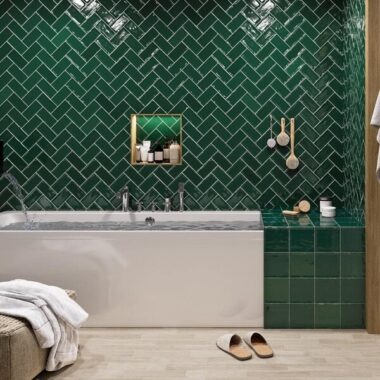
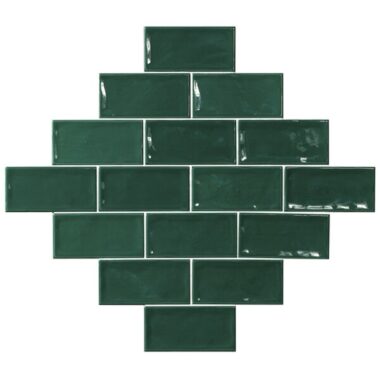


A stock item which is normally available in store or for delivery immediately
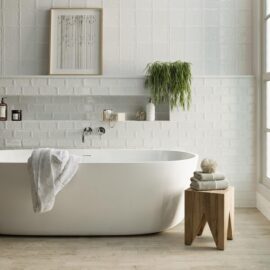

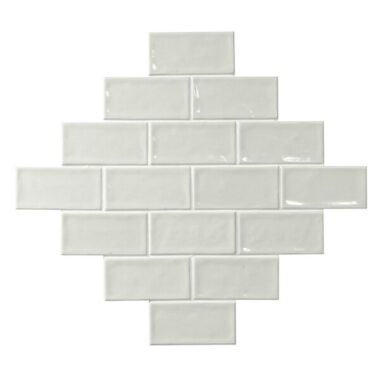
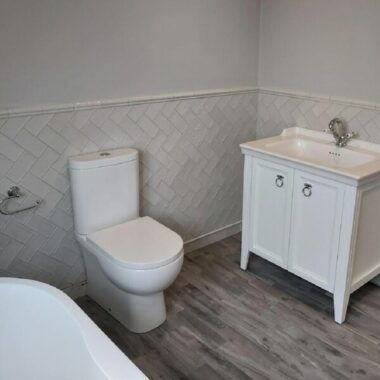





A stock item which is normally available in store or for delivery immediately

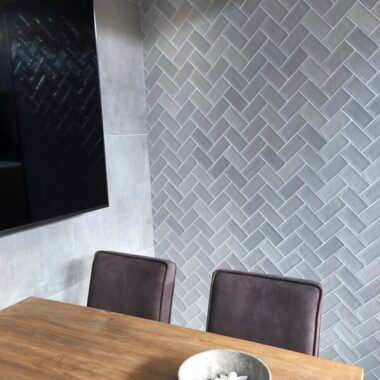





A stock item which is normally available in store or for delivery immediately

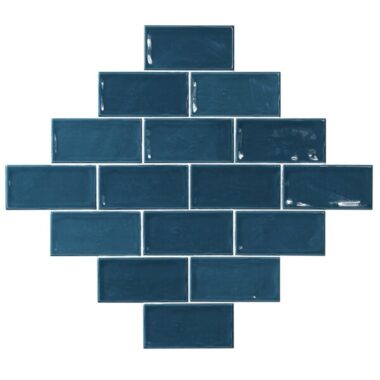

This is a special order item, please allow 4-6 weeks for delivery
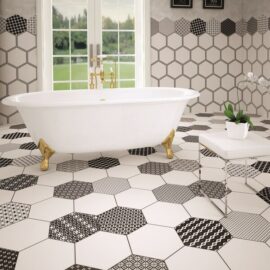
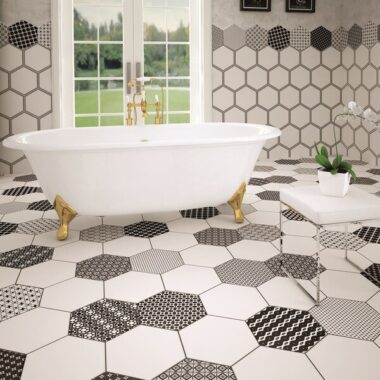
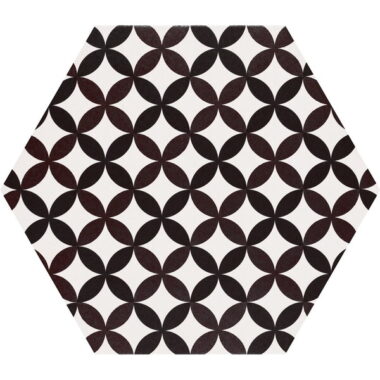
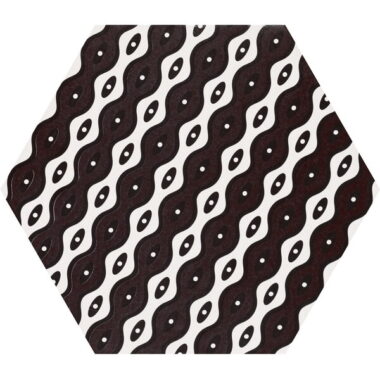
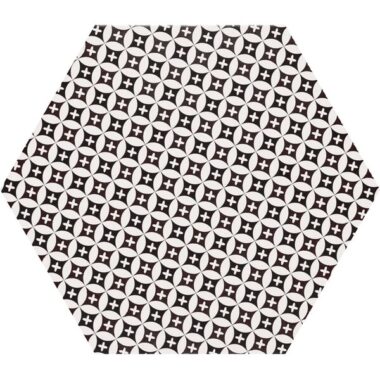
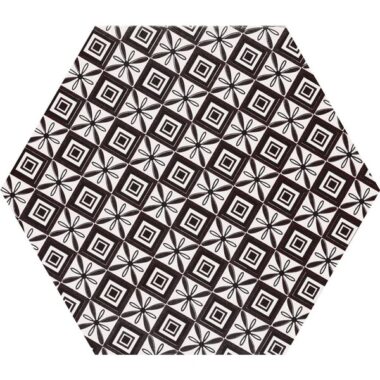
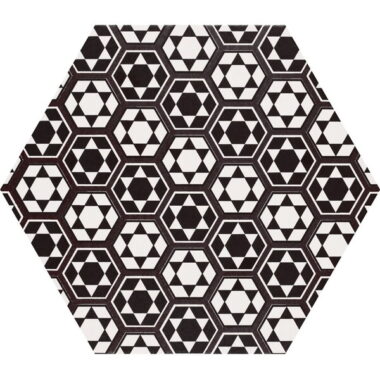
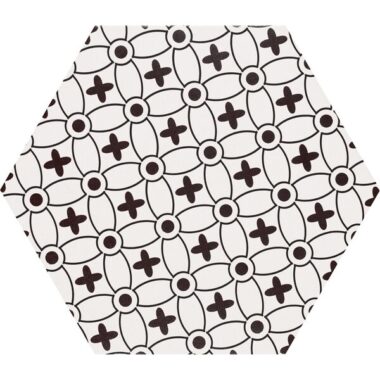
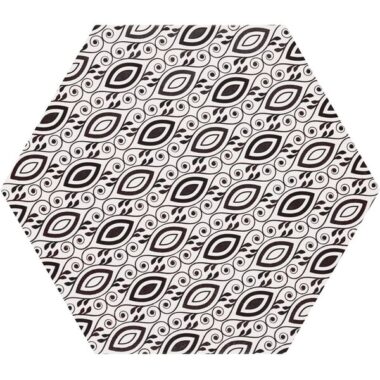
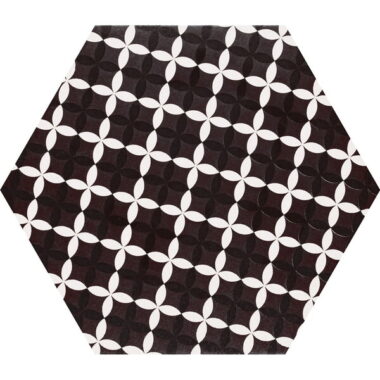
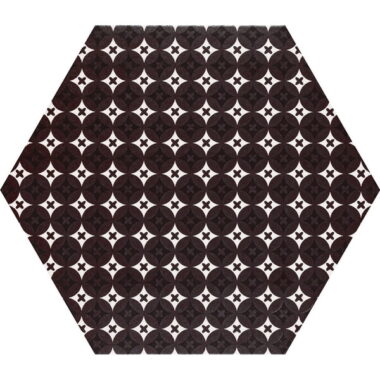
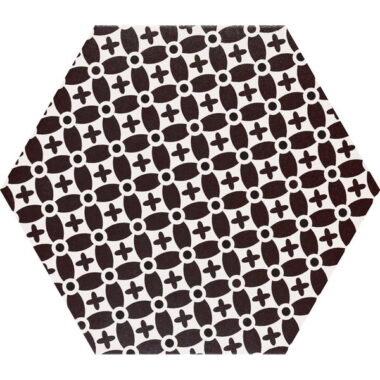
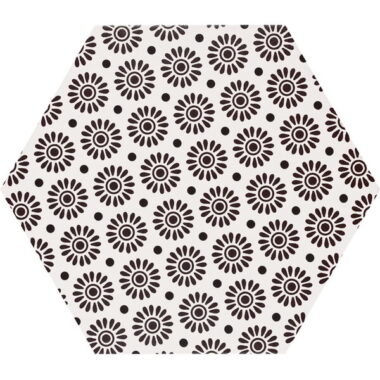
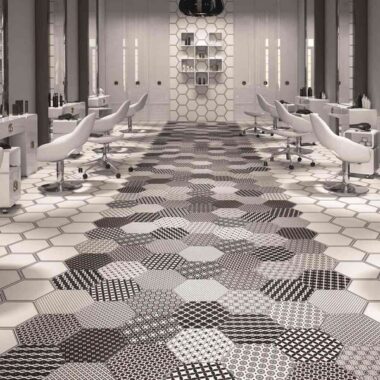
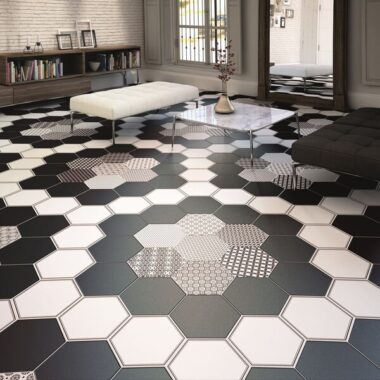














This is a special order item, please allow 4-6 weeks for delivery
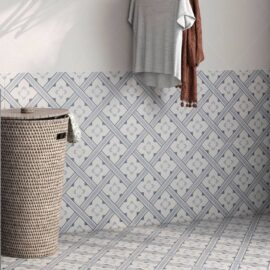

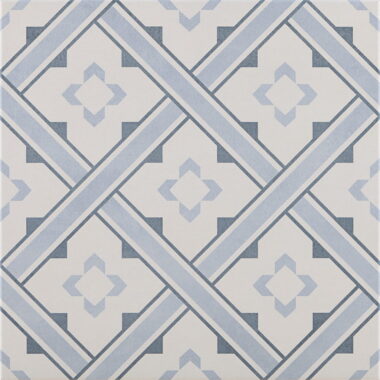
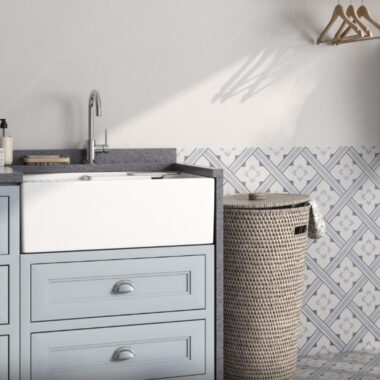



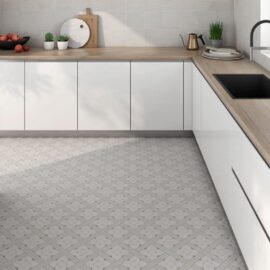
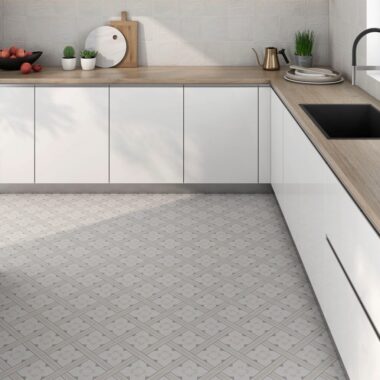
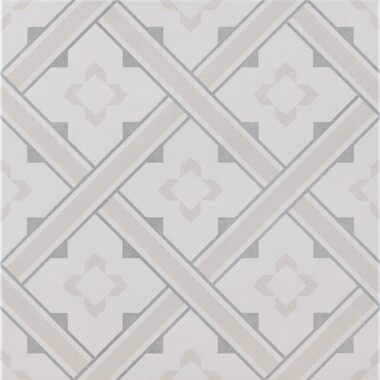
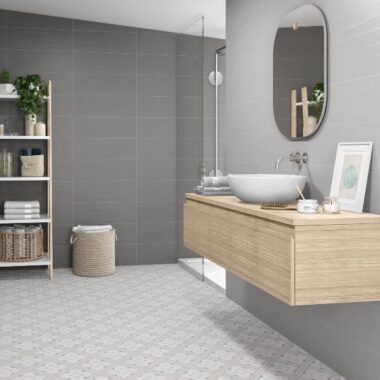



A stock item which is normally available in store or for delivery immediately
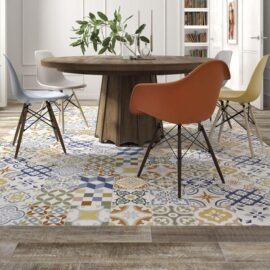
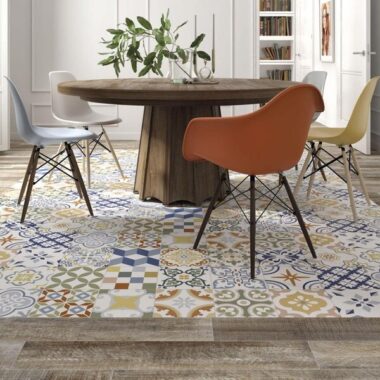
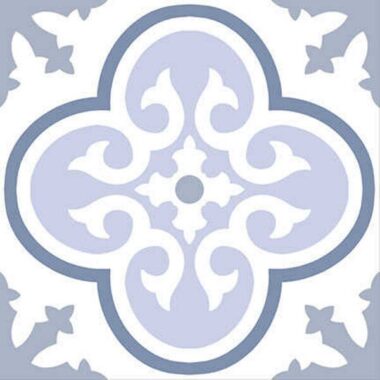
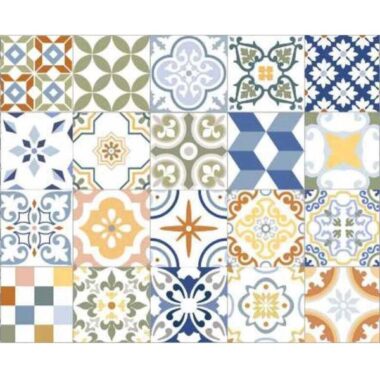



A stock item which is normally available in store or for delivery immediately
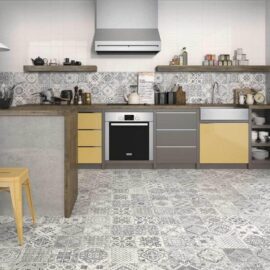
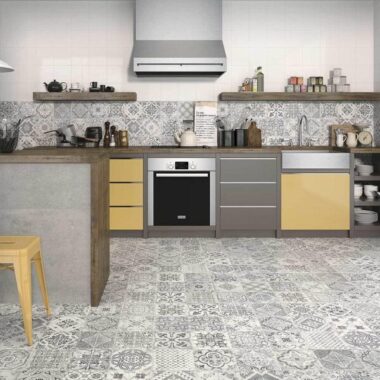
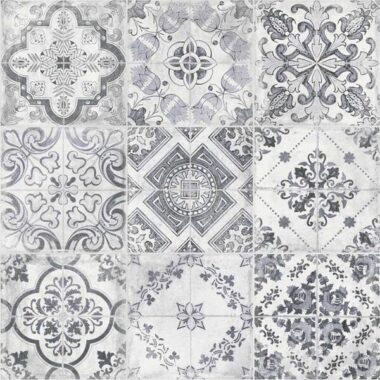
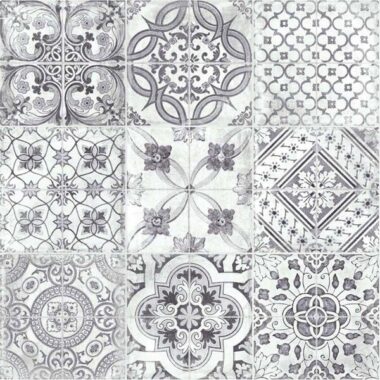
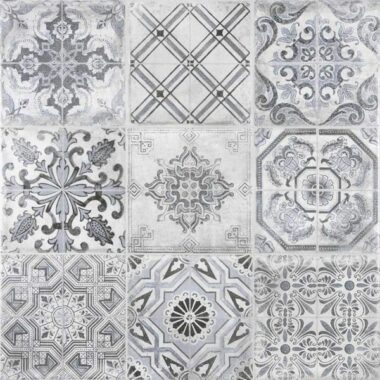
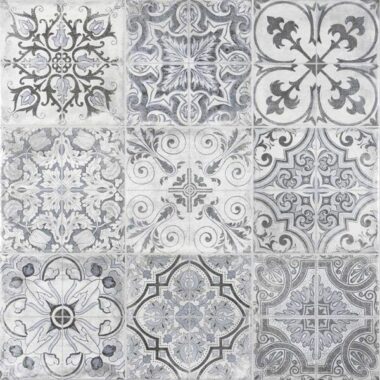
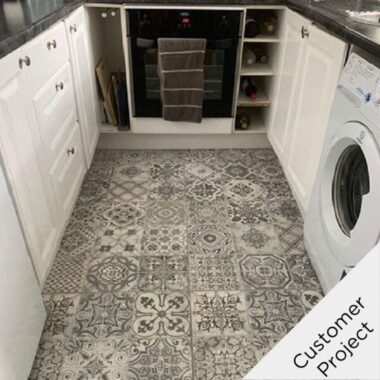
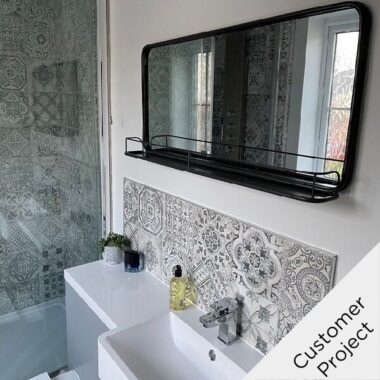







Manises Grey and White Wall and Floor Tiles
Code: GEO329 Size: 60.8cm x 60.8cm x 9.5mmA stock item which is normally available in store or for delivery immediately
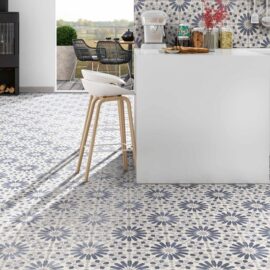
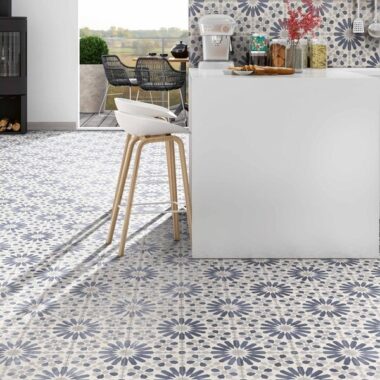
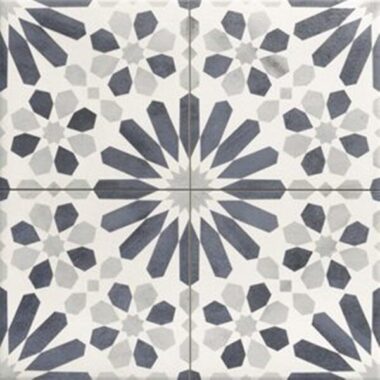


A stock item which is normally available in store or for delivery immediately

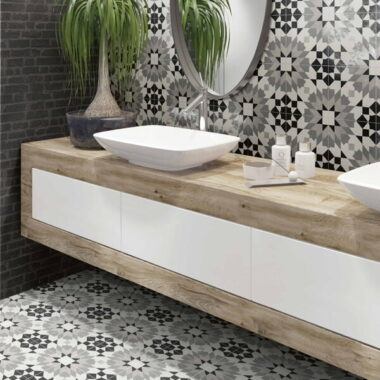
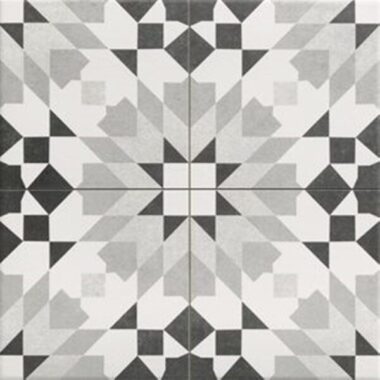


A stock item which is normally available in store or for delivery immediately

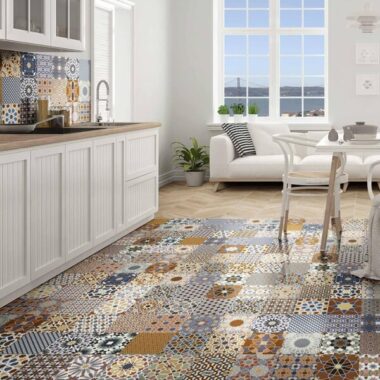
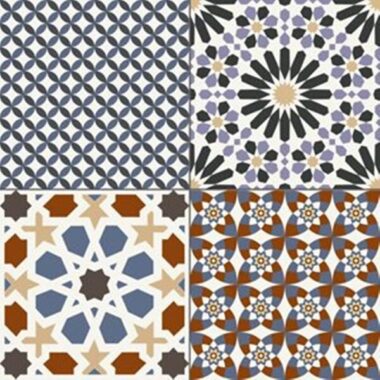


Marrakech Morroccan Floor Tiles – Colour Tile Design
Code: REAWEB310 Size: 44cm x 44cm x 10mmThis is a special order item, please allow 4-6 weeks for delivery

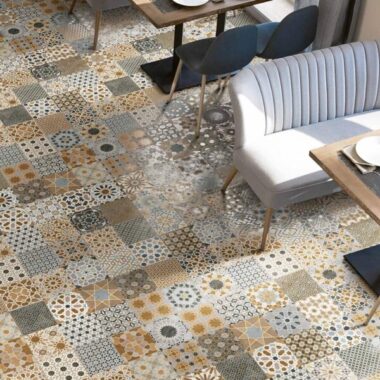
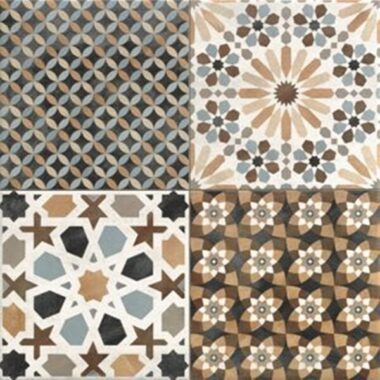


This is a special order item, please allow 4-6 weeks for delivery

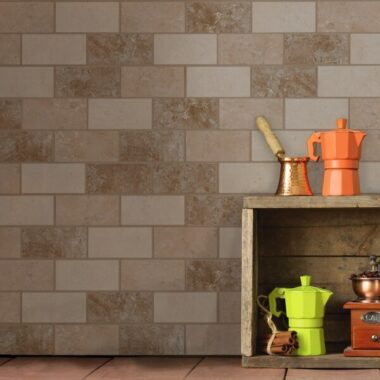


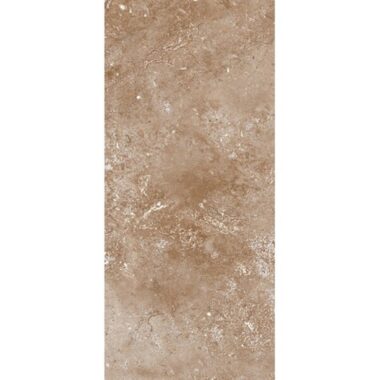
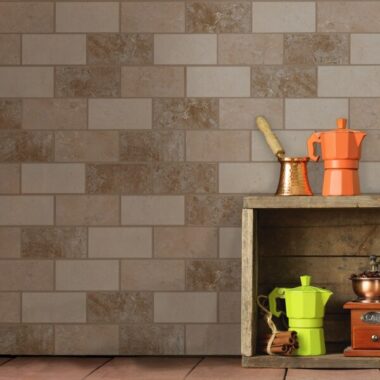





A stock item which is normally available in store or for delivery immediately

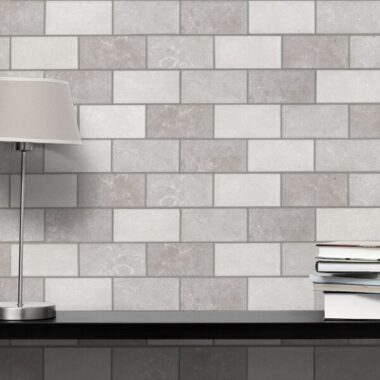

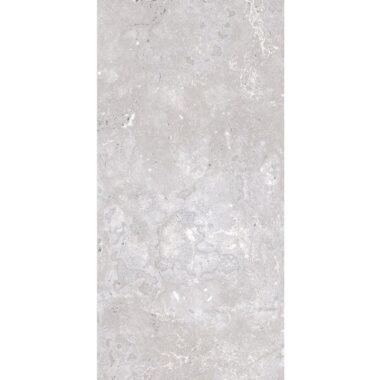





A stock item which is normally available in store or for delivery immediately
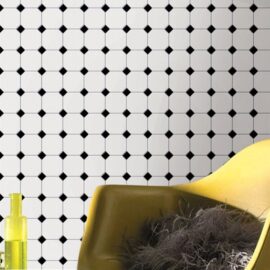
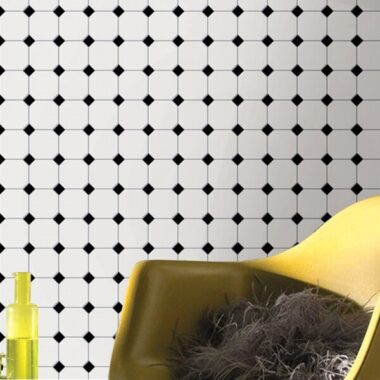
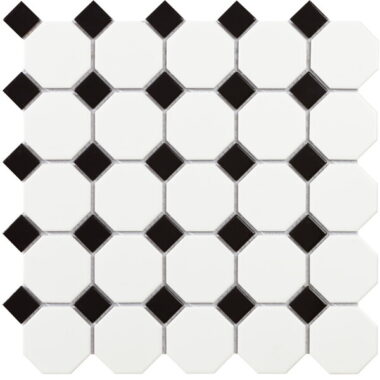


A stock item which is normally available in store or for delivery immediately

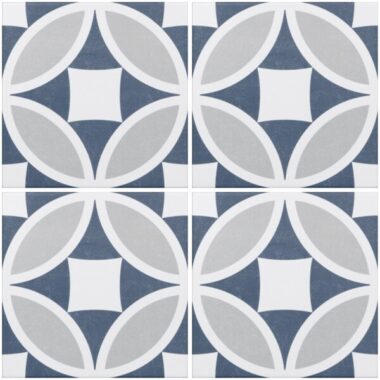

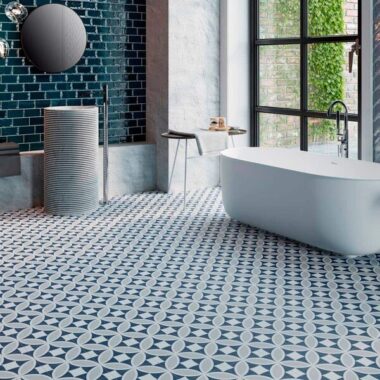
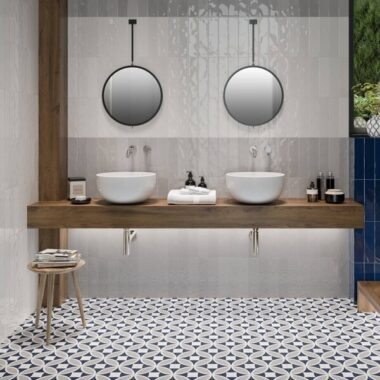
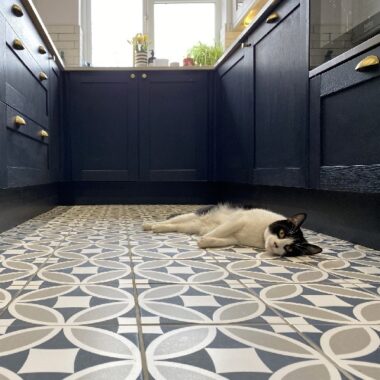
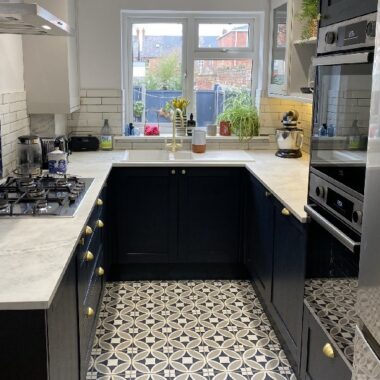






A stock item which is normally available in store or for delivery immediately
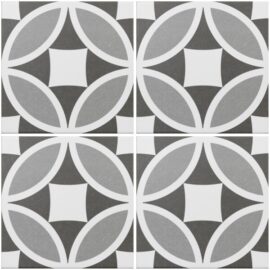
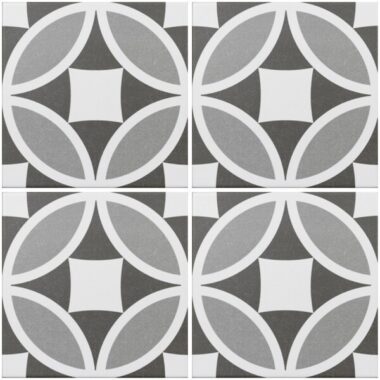
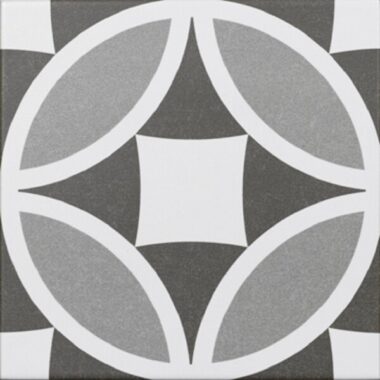
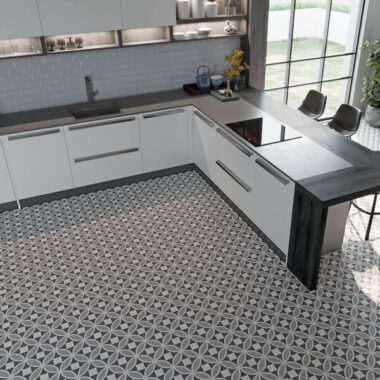



A stock item which is normally available in store or for delivery immediately
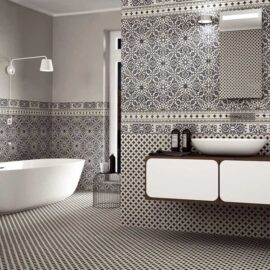
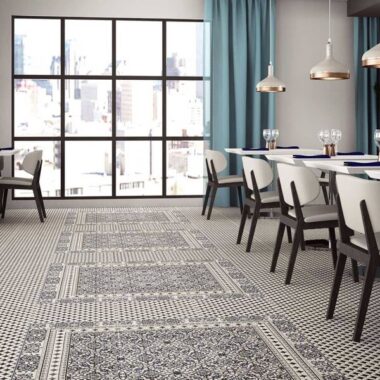

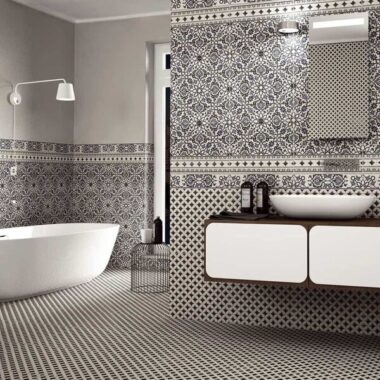



Orly Black And White Floor Tile Patterns – Border
Code: REA065 Size: 44.2cm x 44.2cm x 10mmA stock item which is normally available in store or for delivery immediately
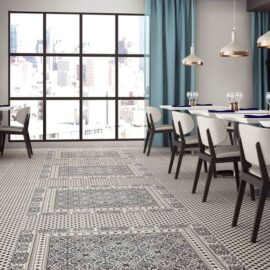
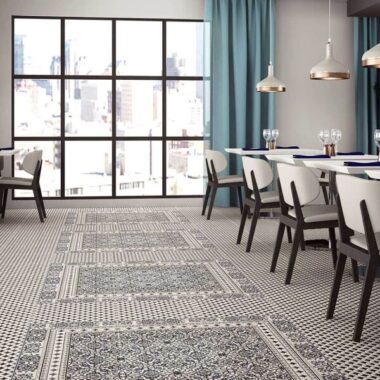





Orly Black And White Patterned Floor Tiles
Code: REA064 Size: 44.2cm x 44.2cm x 10mmA stock item which is normally available in store or for delivery immediately
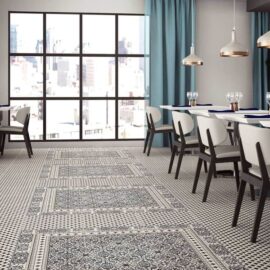

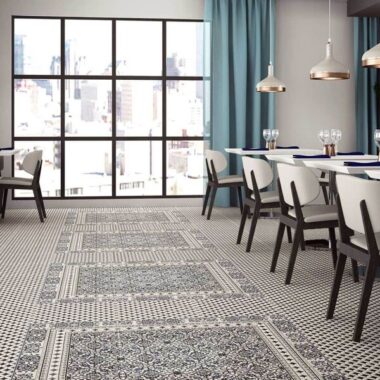




Orly Black and White Tile Pattern- Corner
Code: REA066 Size: 44.2cm x 44.2cm x 10mmA stock item which is normally available in store or for delivery immediately
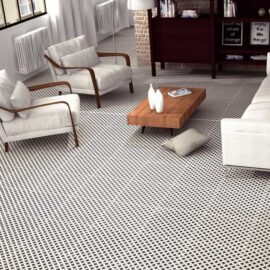
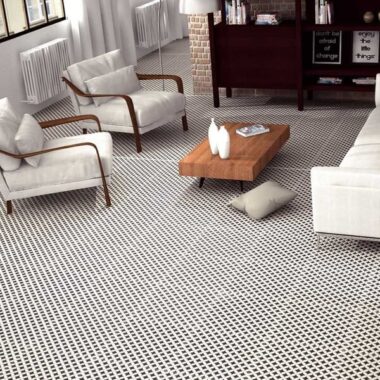

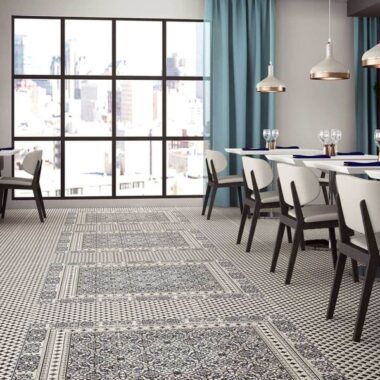
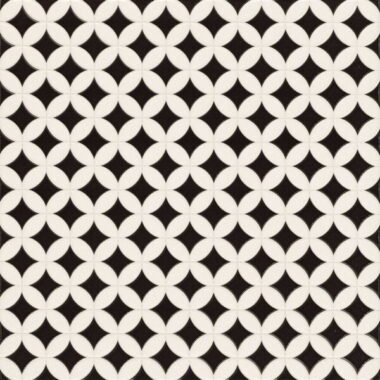




This is a special order item, please allow 4-6 weeks for delivery
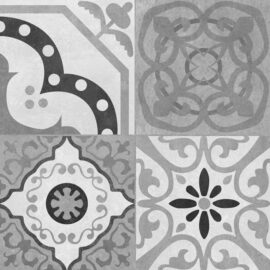
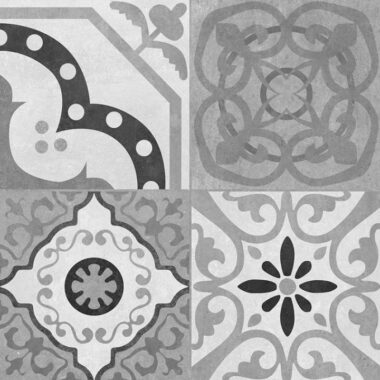





A stock item which is normally available in store or for delivery immediately
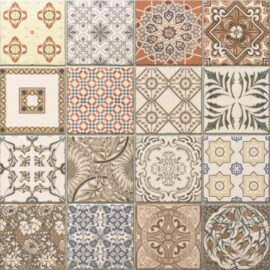
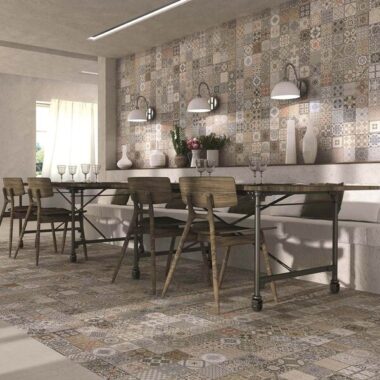
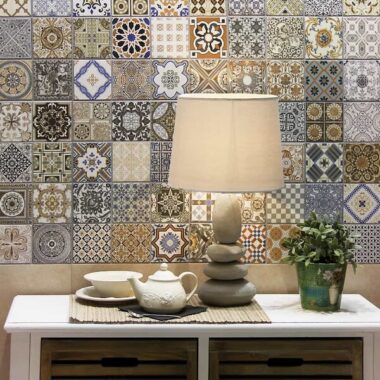
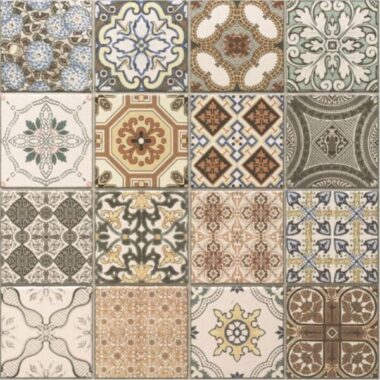
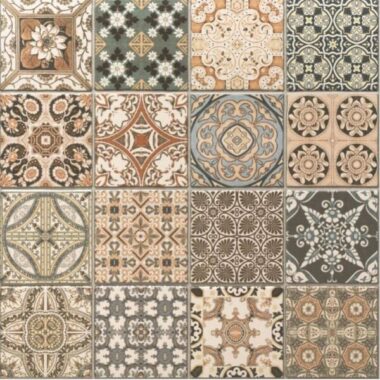
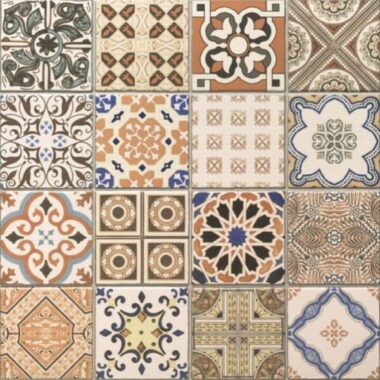
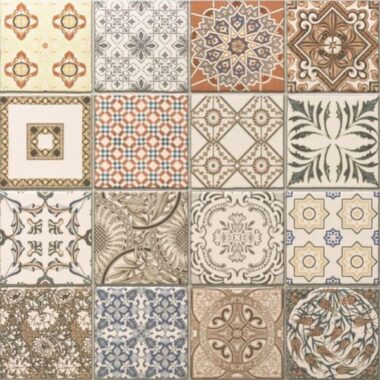
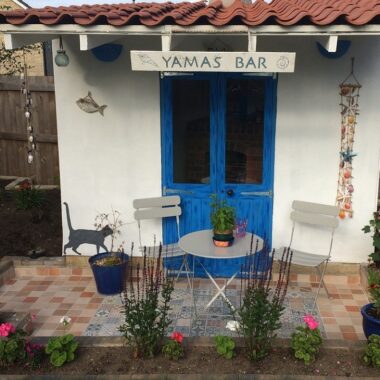
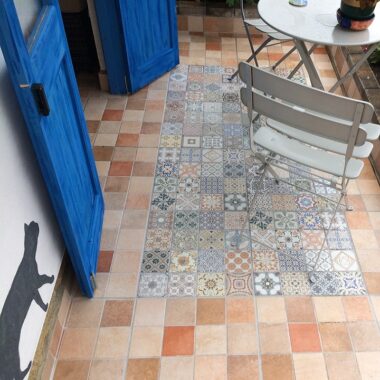










Provence Rustic Tiles – Matt, Decor Tiles
Code: REA321 Size: 44.2cm x 44.2cm x 10mmA stock item which is normally available in store or for delivery immediately
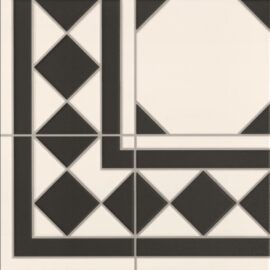
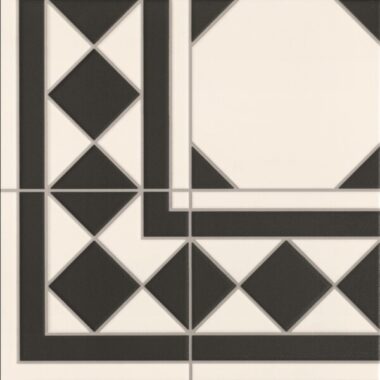
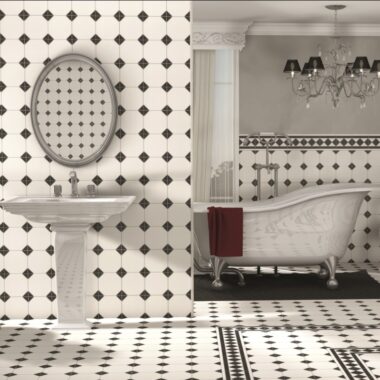

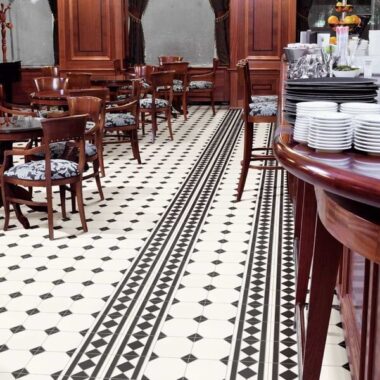

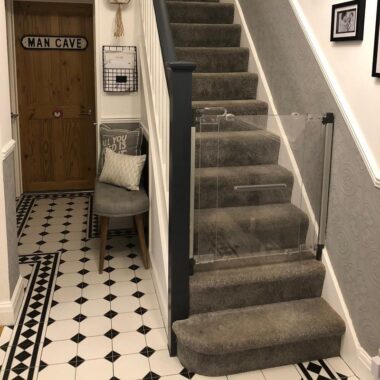
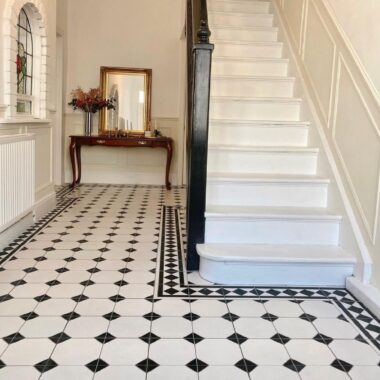







Regent Black and White Victorian Tiles – Corner
Code: REA319 Size: 33.3cm x 33.3cm x 9mmA stock item which is normally available in store or for delivery immediately
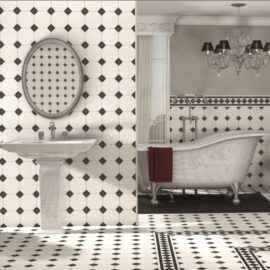

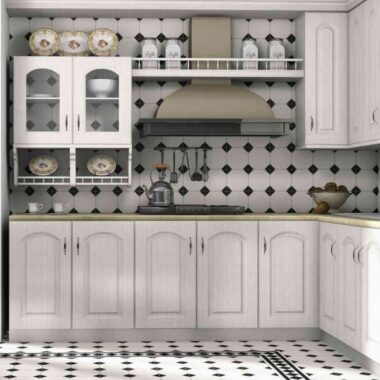












Regent Victorian Black and White Diamond Pattern Tiles
Code: REA318 Size: 33.3cm x 33.3cm x 9mmA stock item which is normally available in store or for delivery immediately
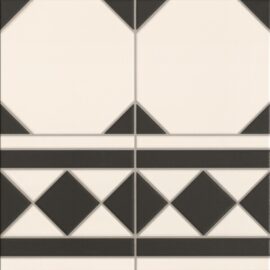
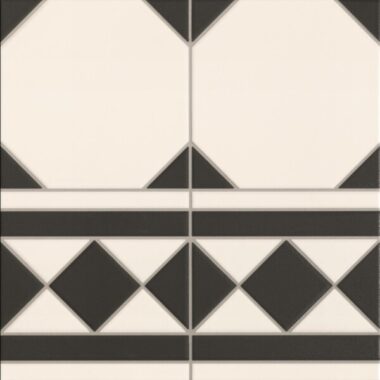
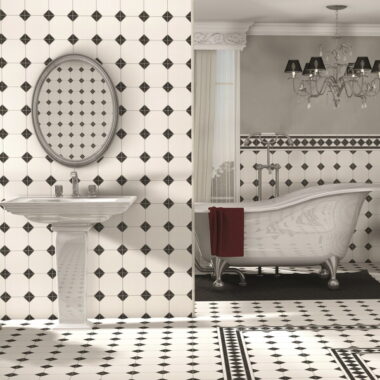












Regent Victorian Black and White Floor Tiles – Border
Code: REA320 Size: 33.3cm x 33.3cm x 9mmA stock item which is normally available in store or for delivery immediately

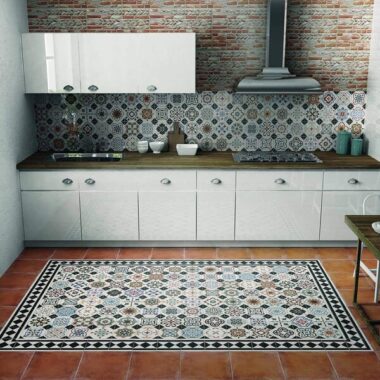
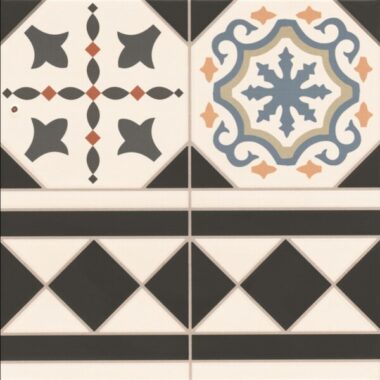
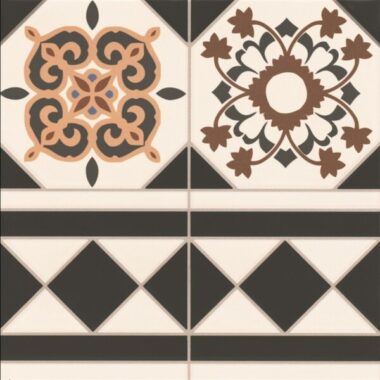
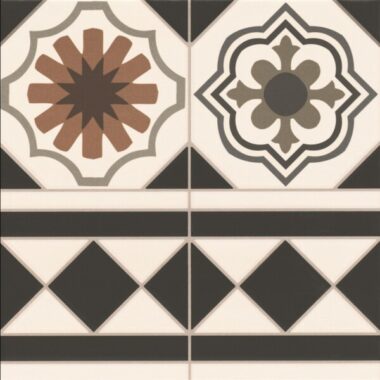




Regent Victorian Pattern Tiles – Border Tiles
Code: REAWEB117 Size: 33.3cm x 33.3cm x 9mmThis is a special order item, please allow 4-6 weeks for delivery

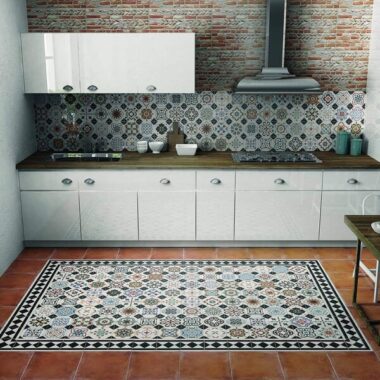
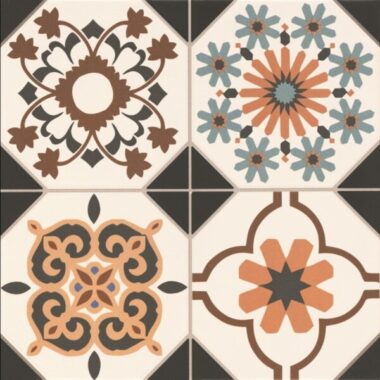
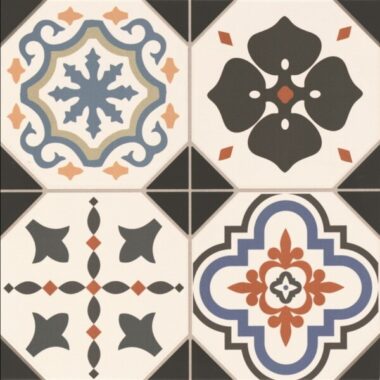
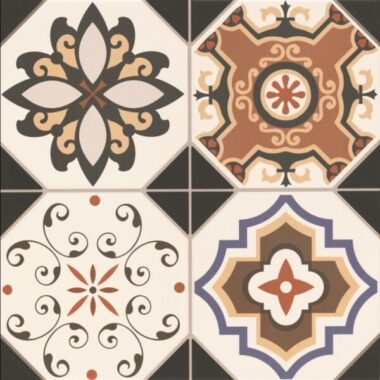






Regent Victorian Patterned Tiles – Matt
Code: REAWEB116 Size: 33.3cm x 33.3cm x 9mmThis is a special order item, please allow 4-6 weeks for delivery
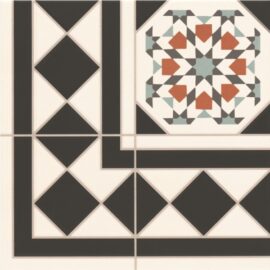












Regent Victorian Tiles – Perfect for Victorian Hall Tiles
Code: REAWEB118 Size: 33.3cm x 33.3cm x 9mmThis is a special order item, please allow 4-6 weeks for delivery

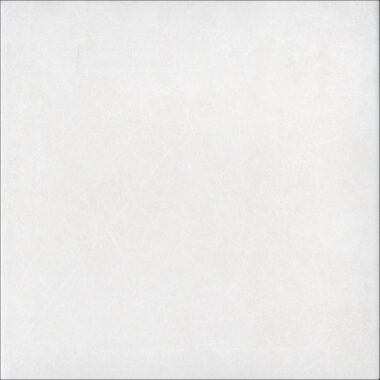

A stock item which is normally available in store or for delivery immediately
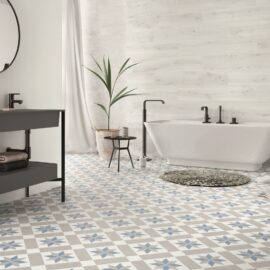

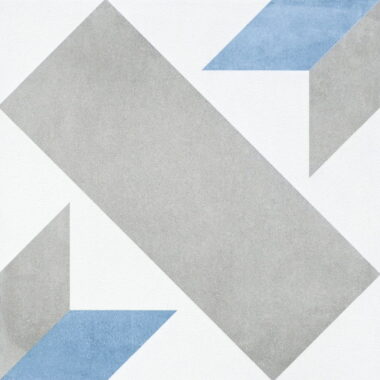


A stock item which is normally available in store or for delivery immediately
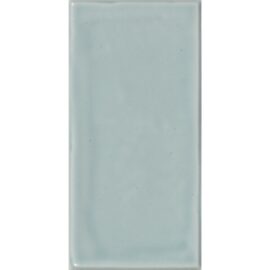
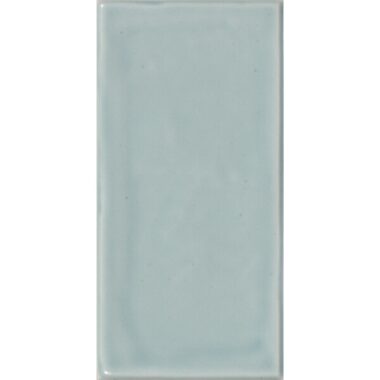

This is a special order item, please allow 4-6 weeks for delivery
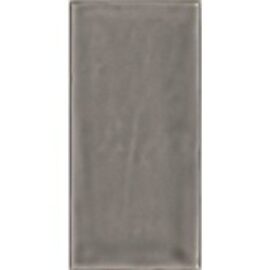




This is a special order item, please allow 4-6 weeks for delivery
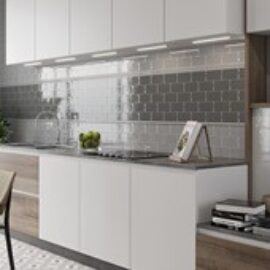
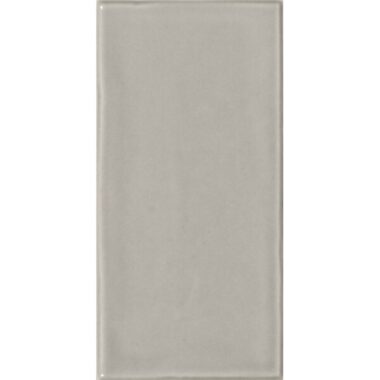
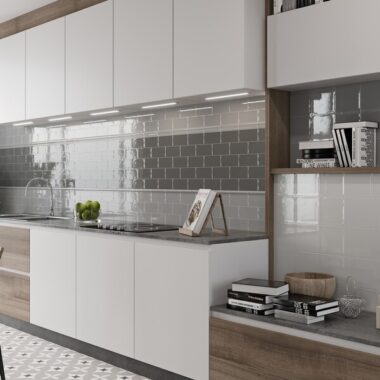


This is a special order item, please allow 4-6 weeks for delivery
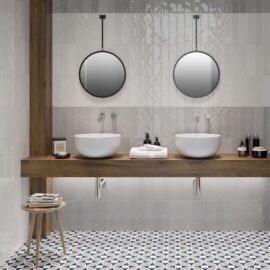
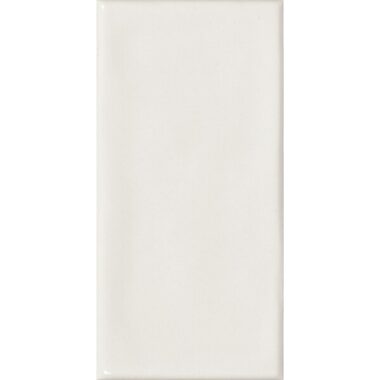
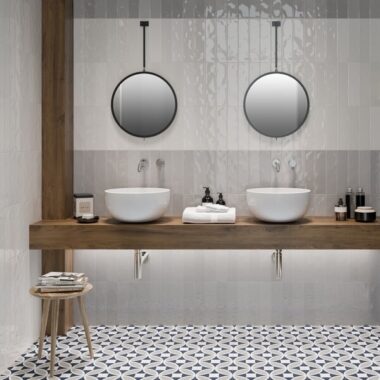


This is a special order item, please allow 4-6 weeks for delivery
Victorian tiles for floors and walls
Recreate the iconic Victorian interior style with our selection of Victorian style tiles.
Ideal for halls, bathrooms, and kitchens, our range of patterned and coloured Victorian floor and wall tiles inspired by original designs lets you achieve the traditional look at an affordable price.
For help choosing Victorian tiles and for free tile samples call us on 01792 773015.
History of Victorian tiles
The iconic Victorian tiles were from the Victorian era, which was the period of Queen Victoria’s reign (June 1837 until her death in January 1901).
The Victorian era was an era of many industrial innovations, including the mass production of architectural tiles designed initially for grander buildings but eventually were used in more modest homes.
Inspired by the Gothic revival, Augustus Pugin and Herbert Minton created some of the most iconic tile designs of the Victorian period.
Manufactured in Staffordshire by his company Minton & Co, the district was the perfect place to manufacture these Victorian tiles as coal and clay were readily available, and they had skilled workmen there due to the existing pottery industry.
Herbert Minton began experimenting with tile production in the early 1800s after the partial purchase of a patent for tiles owned by Samuel Wright.
These encaustic tiles had decoration inlaid into their surface with contrastingly coloured clay as opposed to painting the colours on the surface glaze.
It took several years before a reliable and consistent production method was achieved. In 1835, Minton issued a catalogue containing Victorian style tile designs inspired by medieval originals.
Soon after, Minton was receiving commissions from churches and stately homes to lay encaustic tile pavements and floors, including the flooring at Osborne House for the Queen and Prince Albert.
Many other manufacturers also appeared in and around Staffordshire and Stoke on Trent during this period, including Maw & Co, Daniel Platts, and Minton Hollins (now part of H&R Johnson).
Eventually, the price of production for encaustic tiles dropped dramatically, and mass production made the Victorian style tiles available to the general public and not just the wealthy.
These Victoria tiles were produced with a single colour, rather than multiple hues to reduce the costs.
This process helped to avoid the general expense of the production by allowing two or more cheap tiles to be laid together in a repeating pattern.
Overall, this resulted in the now-familiar geometric Victoria style tiles where each tile contained a single colour.
By the 1890s, tiled floors and pathways had become a common feature in many ordinary Victorian homes.
The Victorian tiles proved to be incredibly hard-wearing and resilient – many are still in place after more than 150 years.
As the knowledge of the importance of hygiene grew and the introduction of bathrooms and toilets in homes, Victorian tiles also became a practical and easy-to-clean solution.
Today, Victorian style tiles are in both traditional and contemporary homes across the UK.
Victorian tiles are typically used as flooring in hallways, bathrooms, and outside pathways due to their hard-wearing and weather-proof characteristics, making them ideal to use in spaces with high-traffic and practical for bathroom tiles.
They also work well in kitchens – Victorians often tiled entire walls in plain or rich colours, as they’re easy to maintain and to clean.
Victorian style tiles can be used in bedrooms and living rooms to make a feature around fireplaces.
They can add an impact in unexpected places and a cosy feel to a room with the sun’s rays.
Our beautiful Victorian floor tiles are one way to make a statement in your home.
Made from hard-wearing, high-quality porcelain with an anti-slip finish, our selection of Victorian floor tiles is perfect for injecting some colour into hallways, bathrooms, and pathways.
If a full expanse of a pattern is too much for your interiors, why not try framing your tiles with our Brighton or Corvy scored plain white tiles instead?
Contact our team for free tile samples and advice.
Inspired by the Victorian era, Victorian tiles, also known as encaustic tiles, first became popular at the peak of the Industrial Age.
Admired throughout the UK, these Victorian floors feature individually-coloured ceramic tiles in an arrangement of various geometric shapes, sizes, and colours to decorate floor spaces.
Victorian floor tiles have distinctive patterns and colours. The most common style characteristics of these tile designs feature checkerboard designs and decorative patterns in monochrome and rich colours.
Victorian floor tile colours
Traditionally, Victorian floor tile colours included earthy tones with oranges, reds, and browns.
However, more subtle shades are also now popular, such as modern light blues and greys of the Hampton Blue Floral range.
More bold statements are also available like the black and white Orly and Regent range.
Victorian floor tile patterns
Recurring geometric patterns with contrasting checks are common characteristics of Victorian tiles, as well as tiles with diagonal and straight patterns.
Striking tessellated and mosaic tiles are also a period signature. More subtle designs that use repeating florals reminiscent of the Gothic revival that inspired the era are popular in bathrooms.
Whatever your preference, we have plenty of Victorian tile inspiration at Direct Tile Warehouse.
Pathways
Victorian floor tiles are a great choice for outdoor spaces because of their hard-wearing and weatherproof material.
The classic Victorian checkerboard pattern offers a timeless look that works well in almost any property with modern or vintage décor.
While monochromatic black and white mosaic tiles seem an obvious choice, you can also mix red and black tiles that hark back to the classic designs of the Victorian period.
Bathrooms
Floral patterned floor tiles look perfect combined with period fittings, such as claw-foot bathtubs and pedestal basins.
Crackled tiles, metro bricks, and high glazed wall Victorian tiles are also iconic for bathrooms.
Hallways / Floors
Victorian floor tiles work well in spaces with high-traffic as they’re easy to maintain and clean. Victorian patterned and geometric tiles make a perfect choice for hallways and living spaces.
From bold, contrasting geodesic patterns to more subtle natural flat colours spotted with intermittent dark diamonds or squares, Victorian tiled flooring instantly helps to make a statement in your home.
Kitchens
In addition to floors, Victorian tiles are ideal for kitchens. The Victorians used the tiles on walls as they were easy to clean and wash down.
Not only do Victorian floor tiles work on kitchen floors, but they’re a practical and stylish solution for kitchen splashbacks too.

